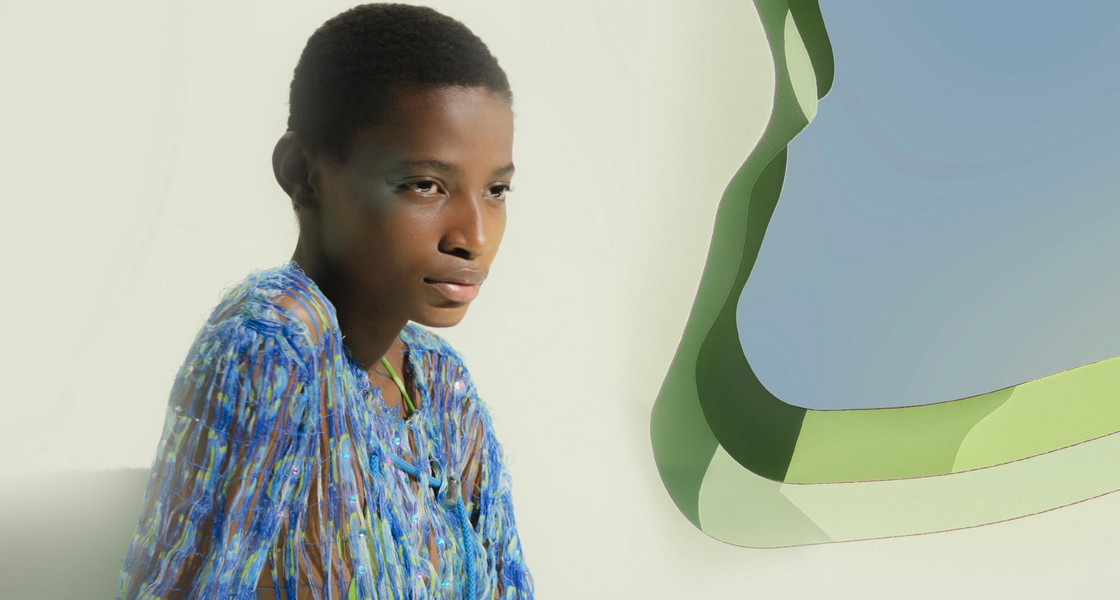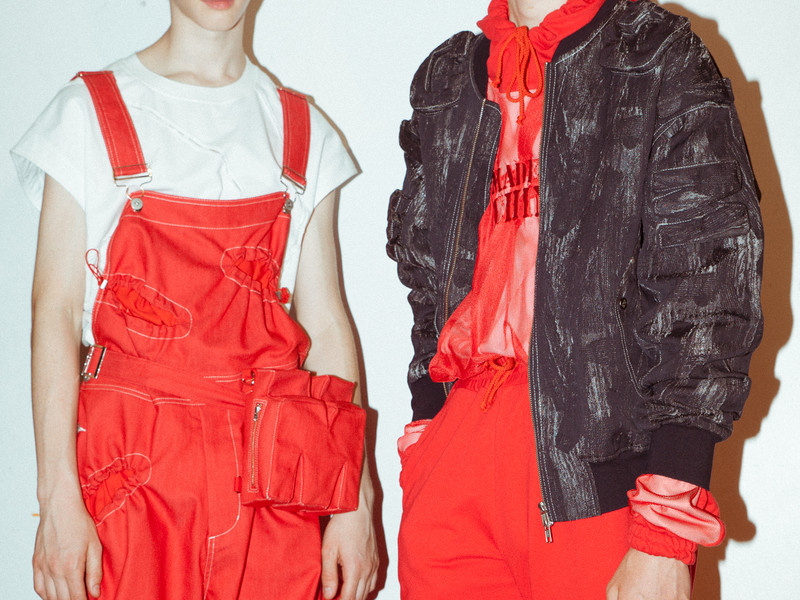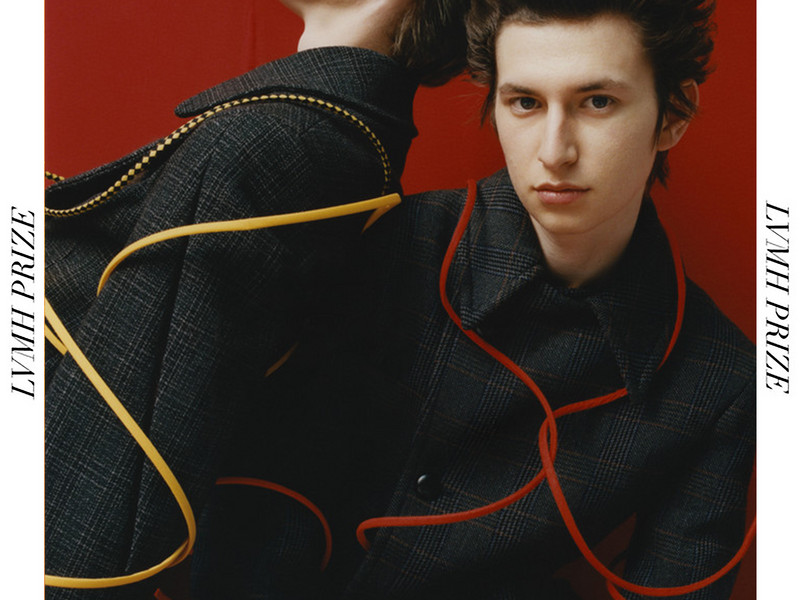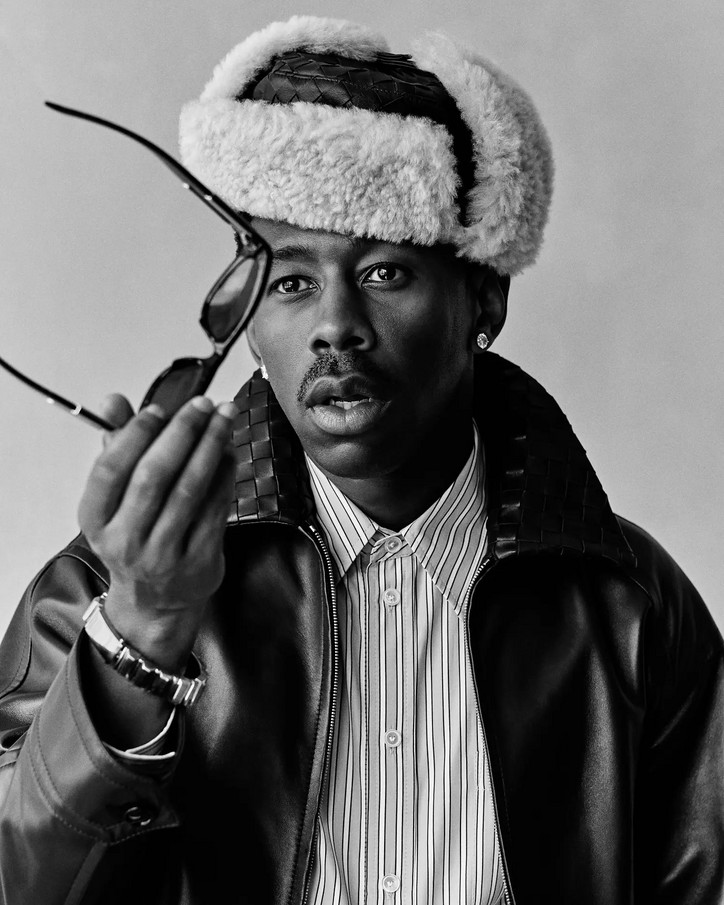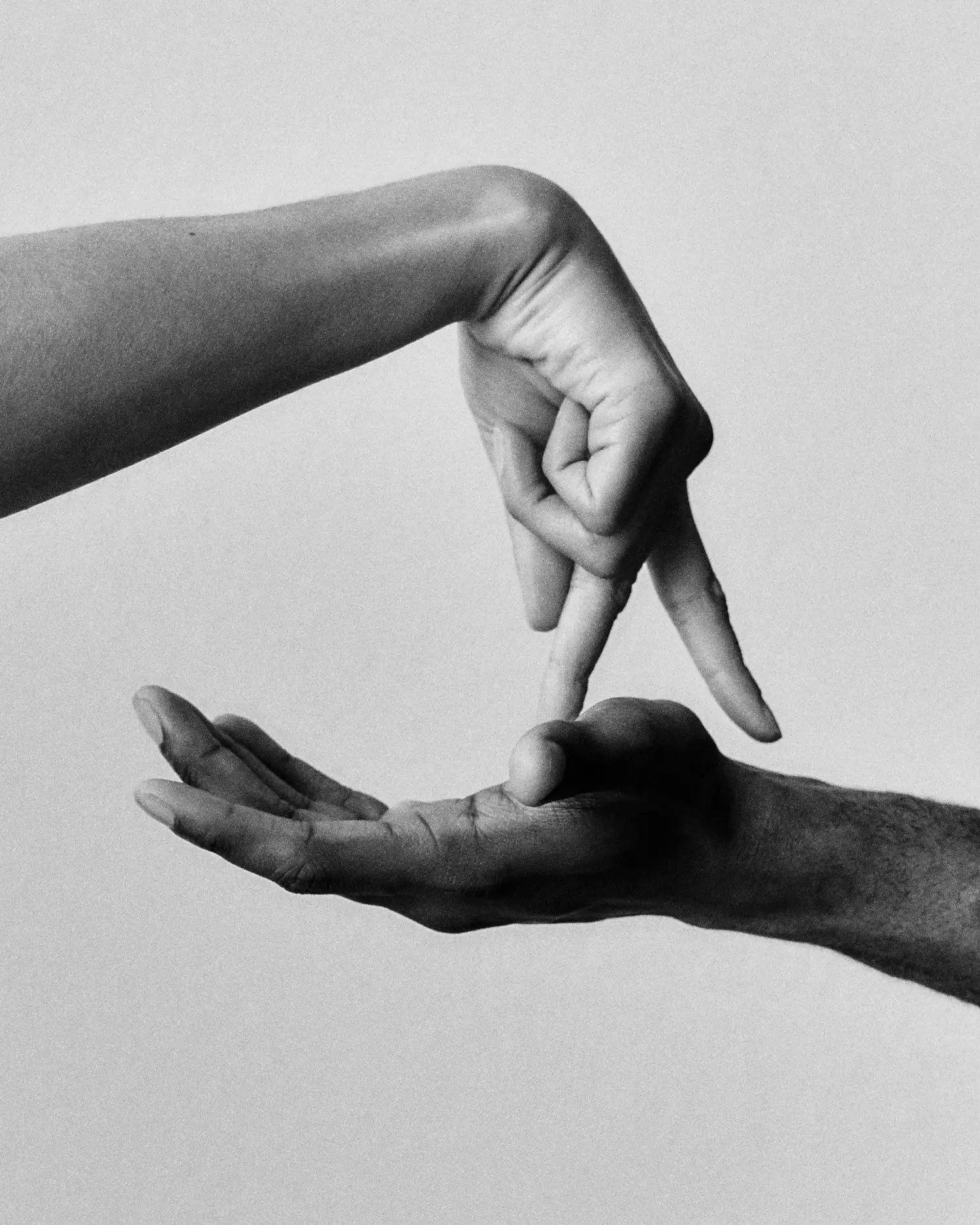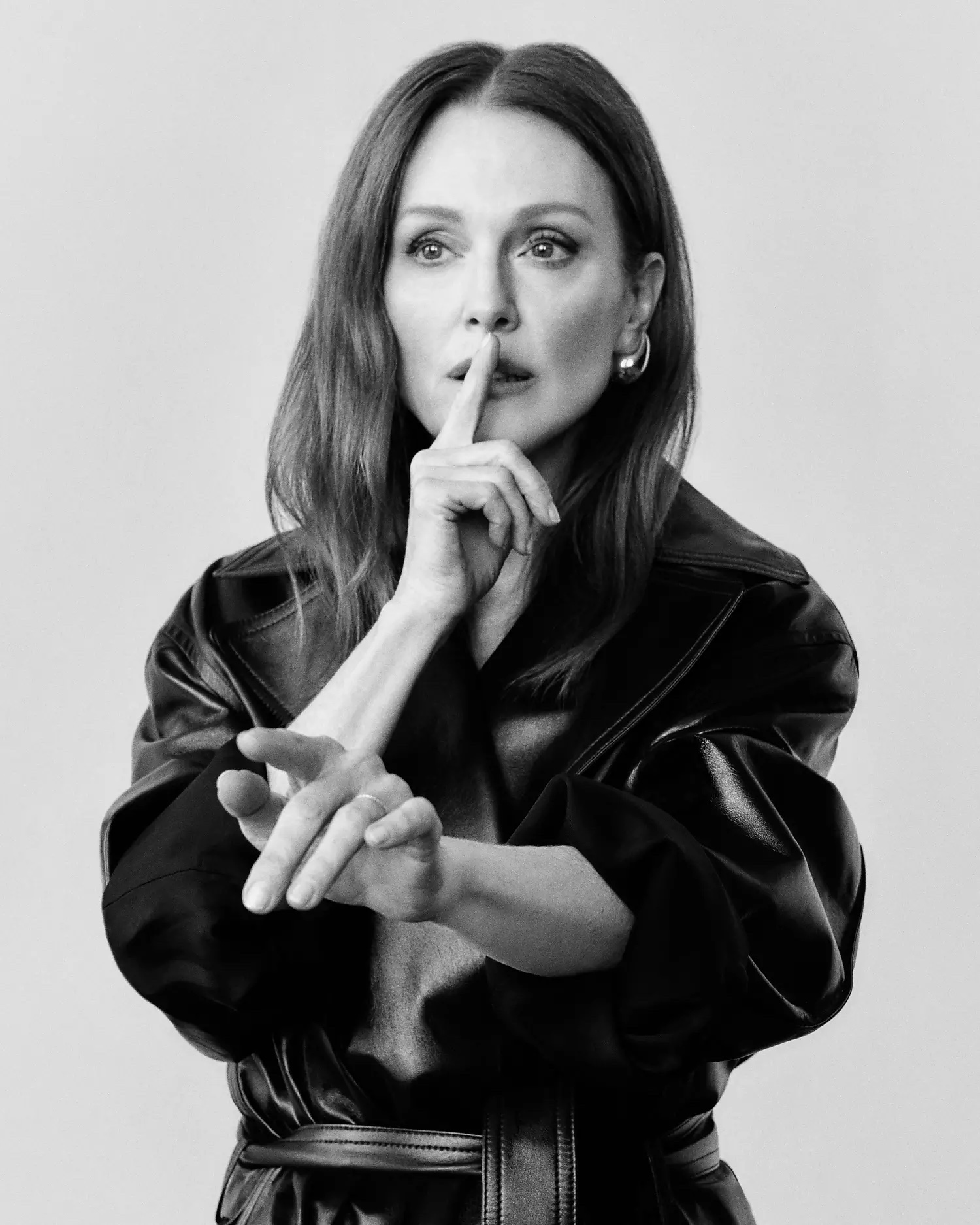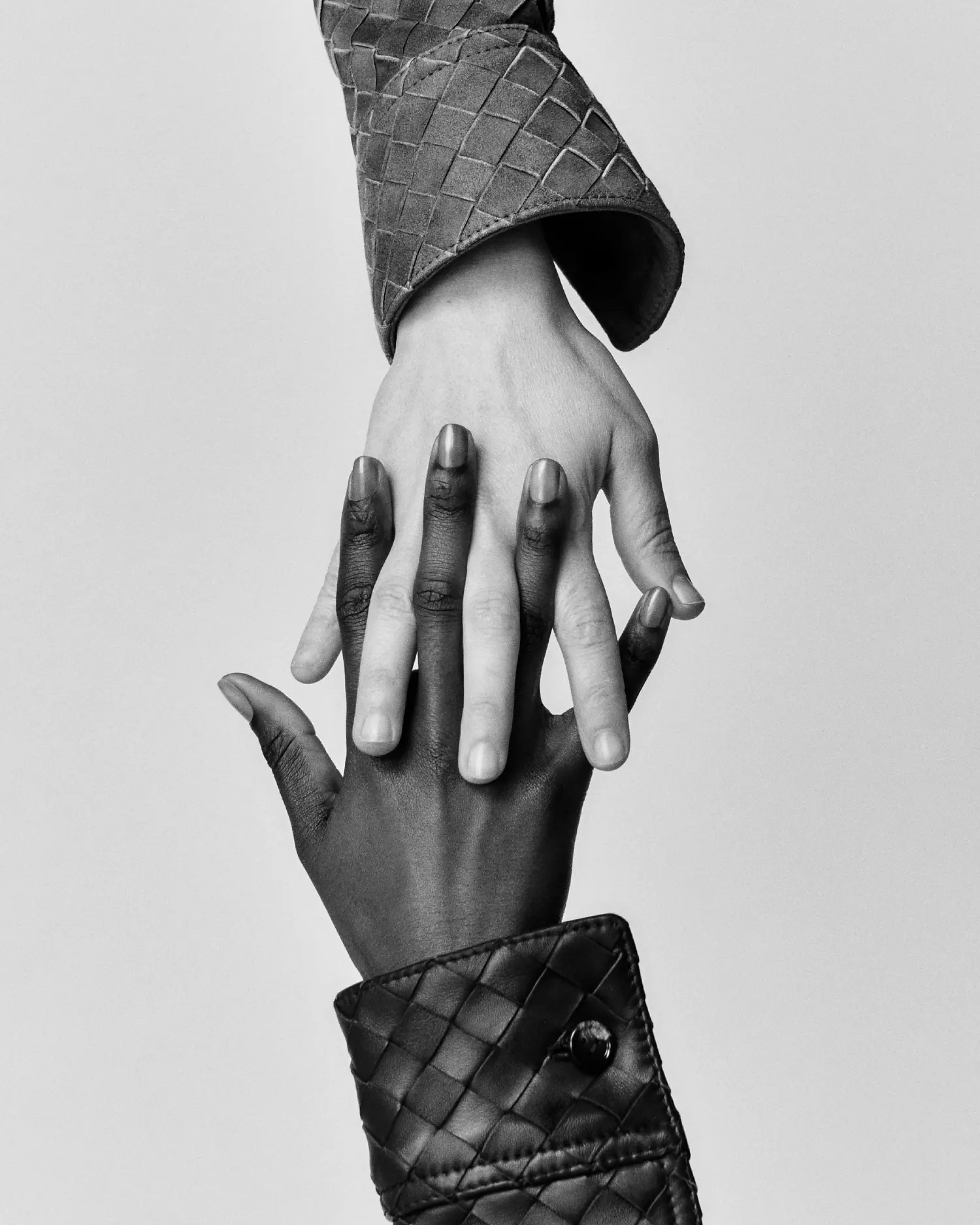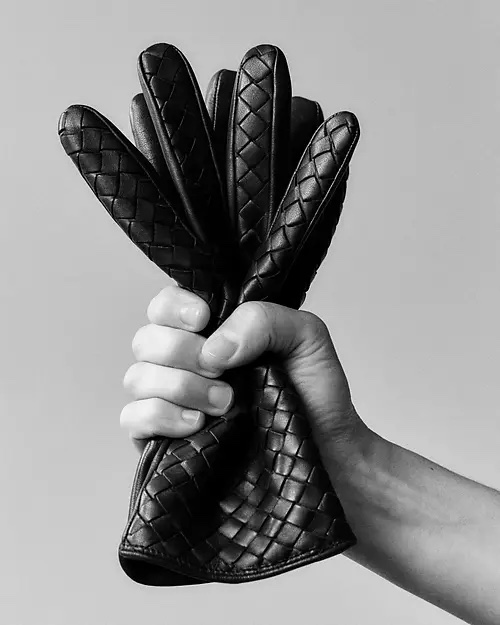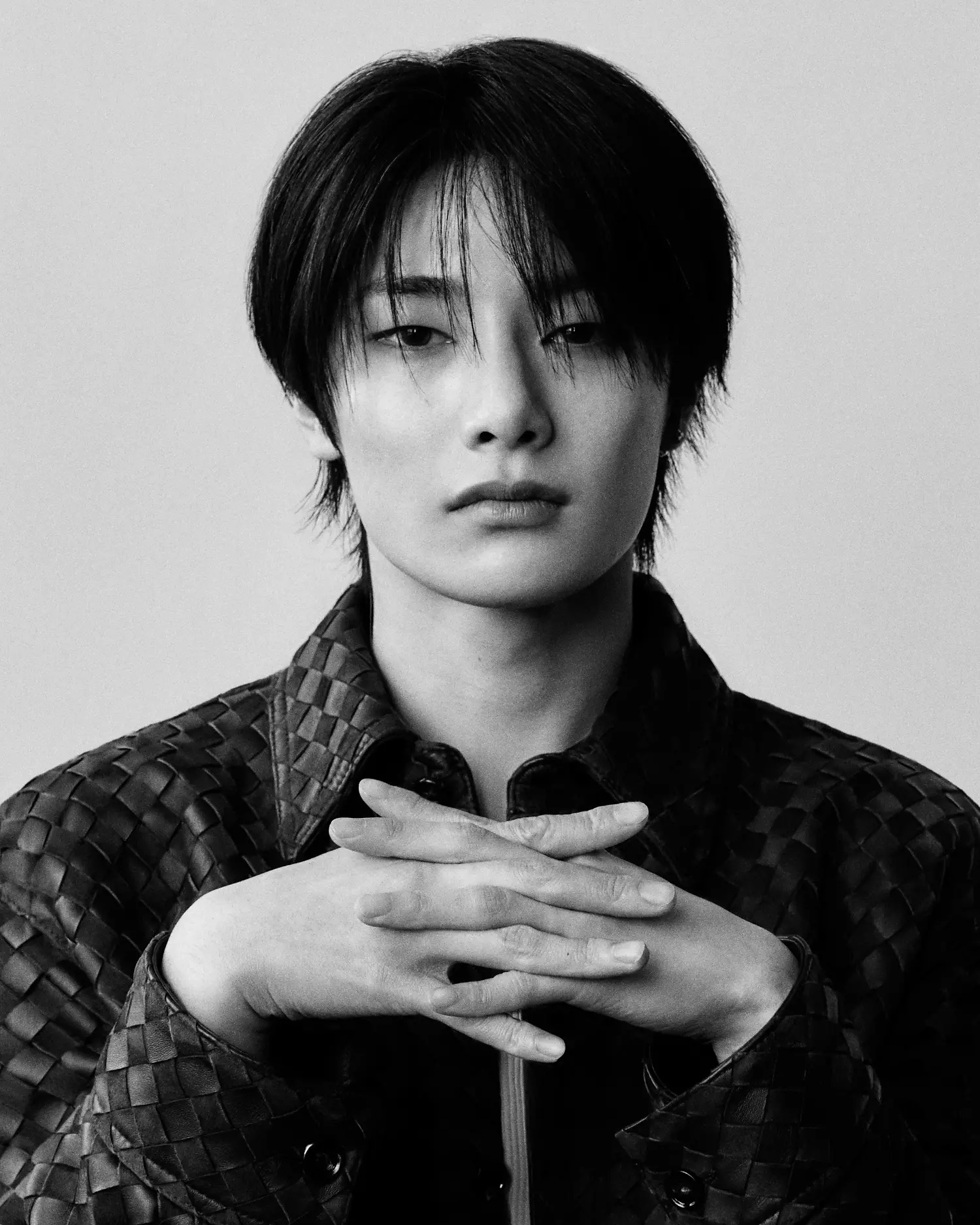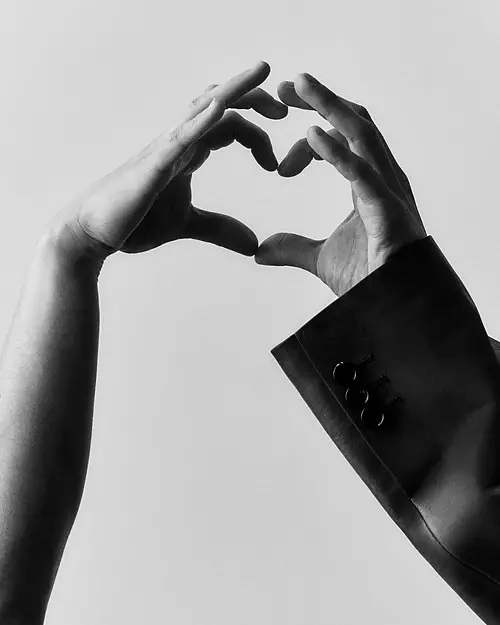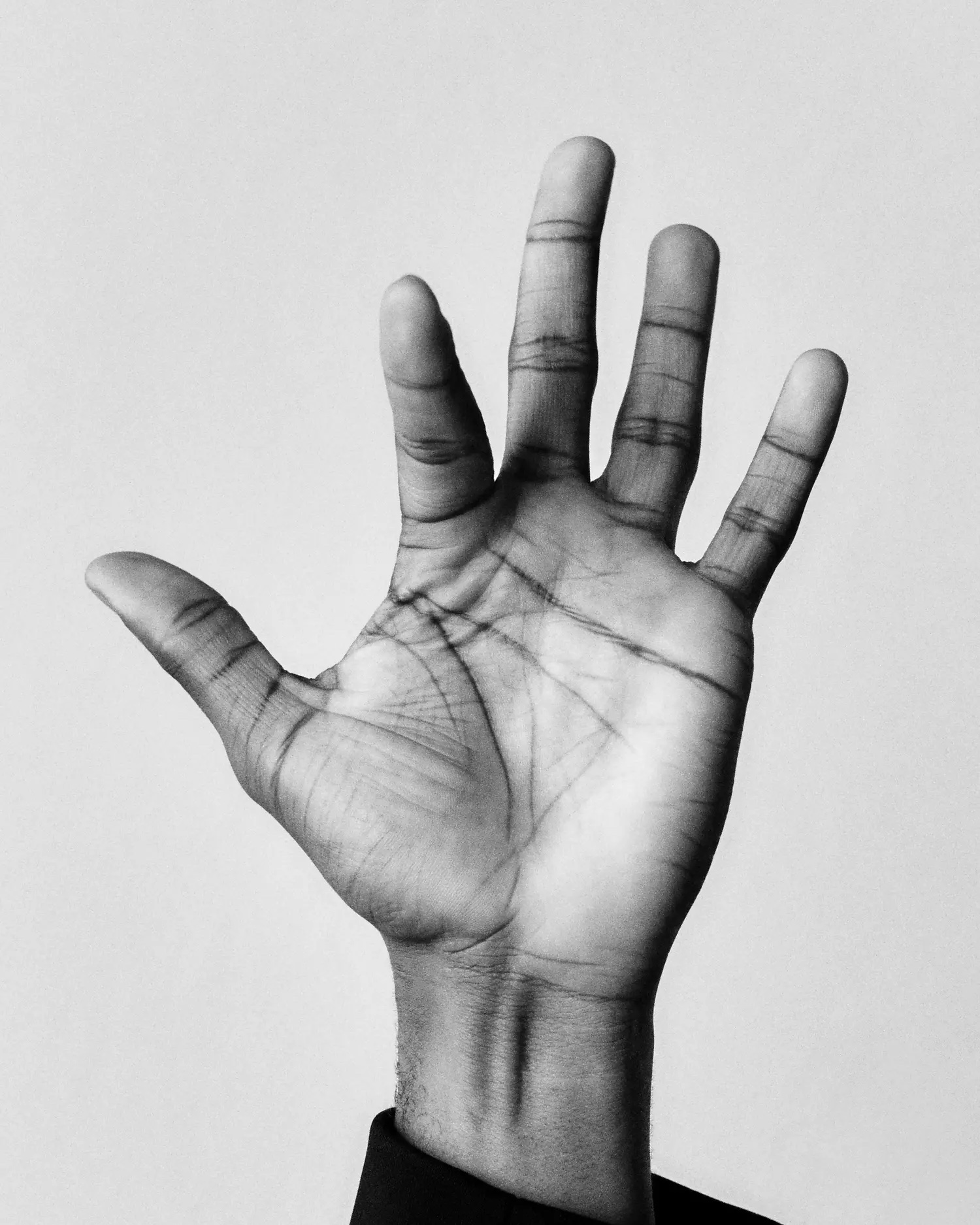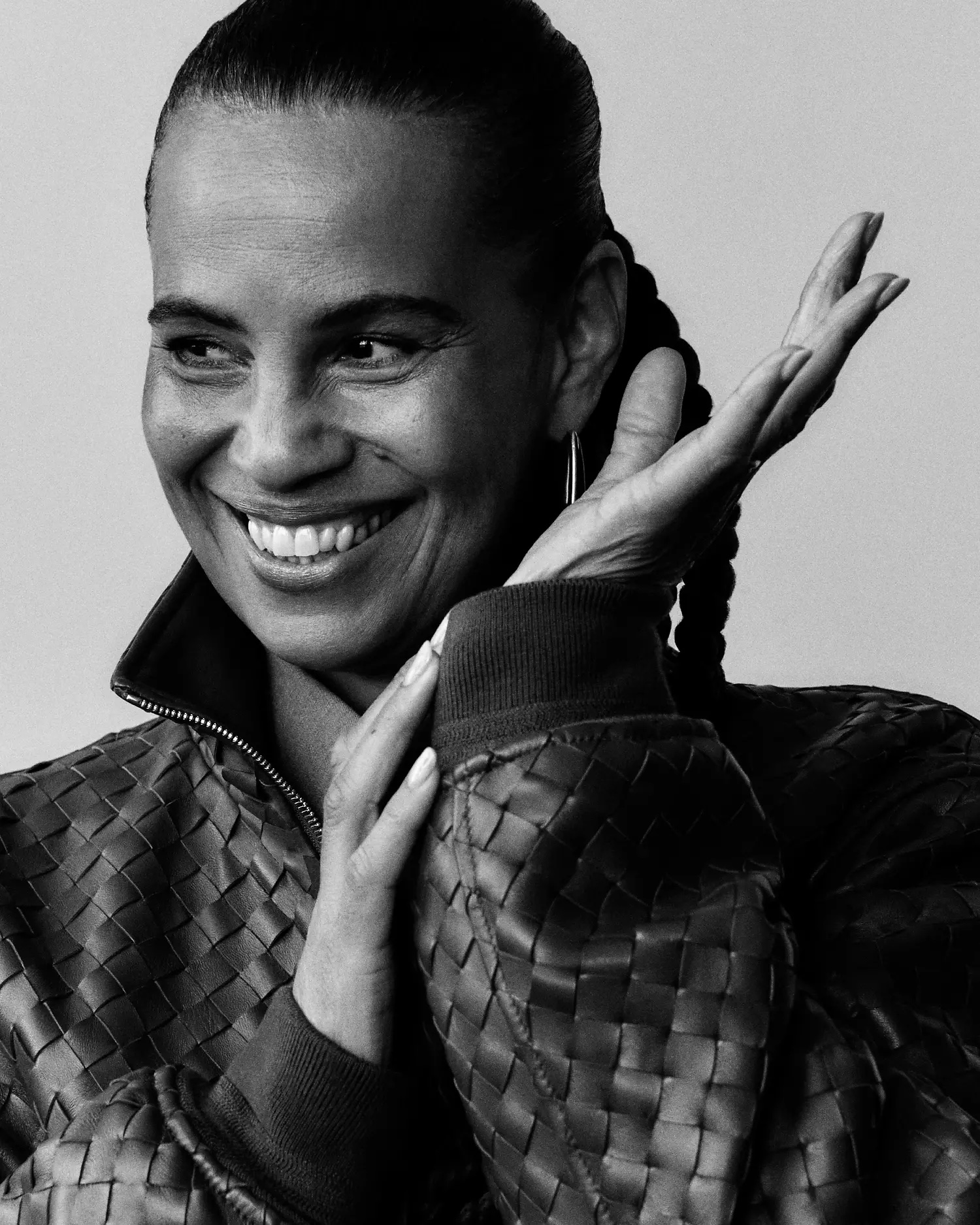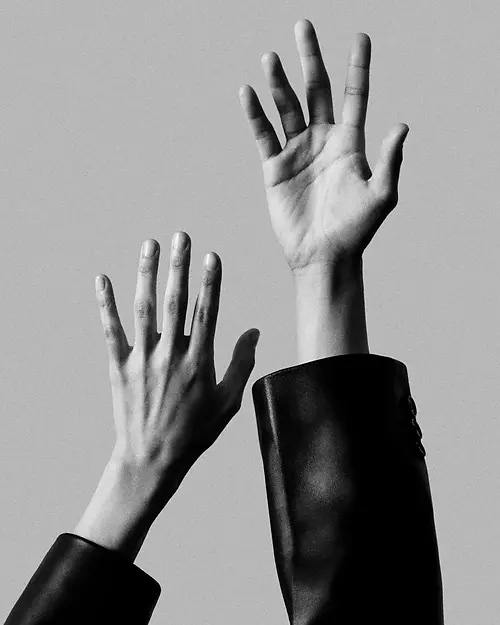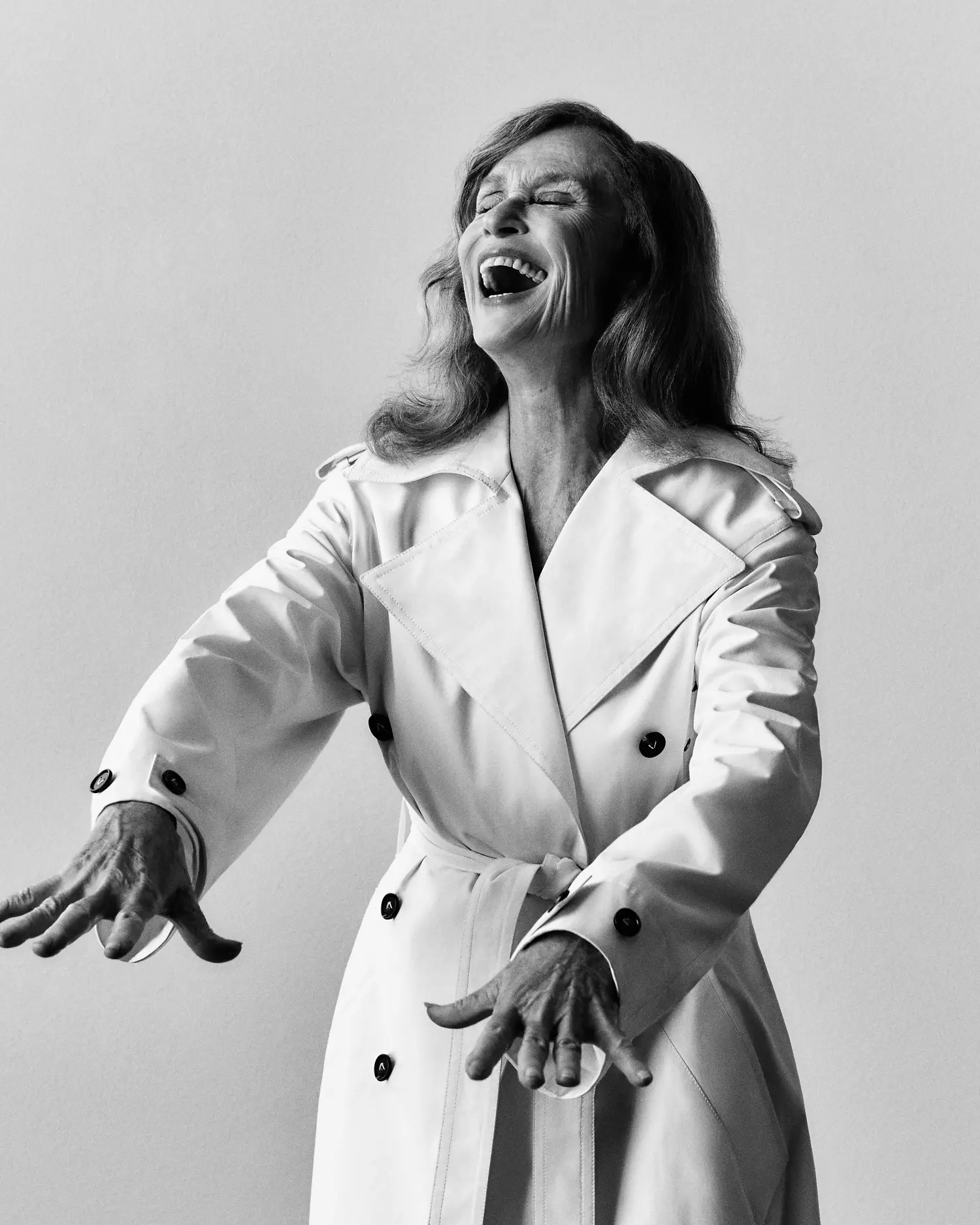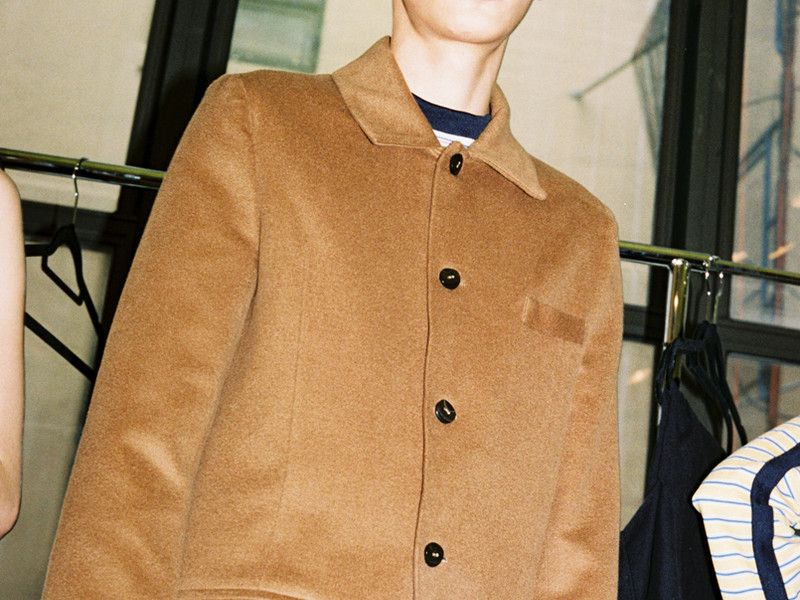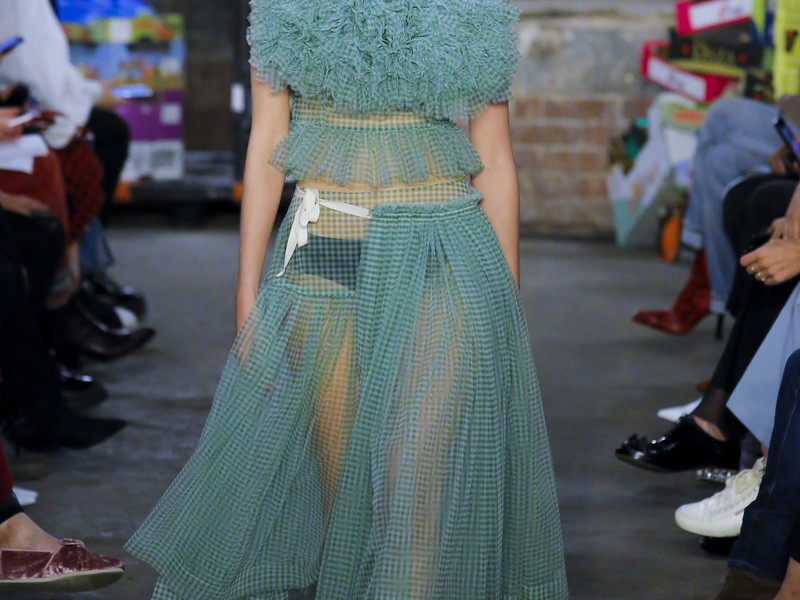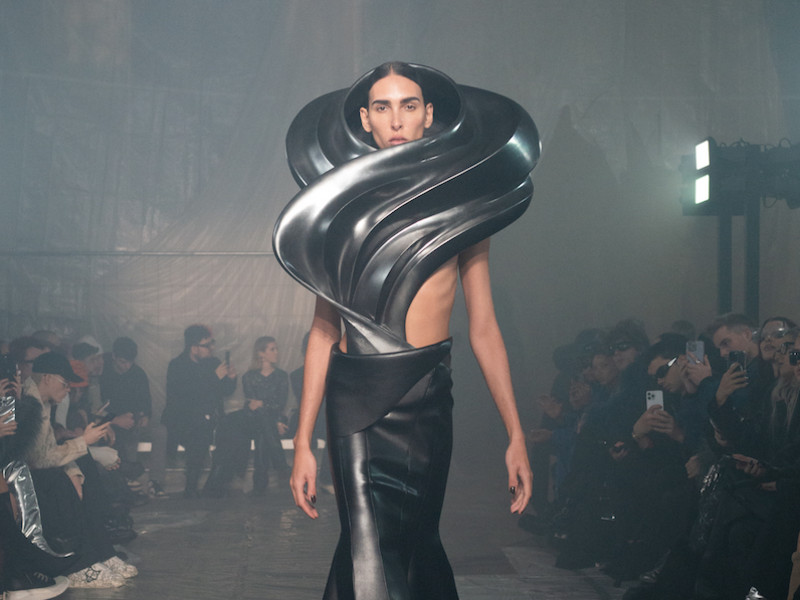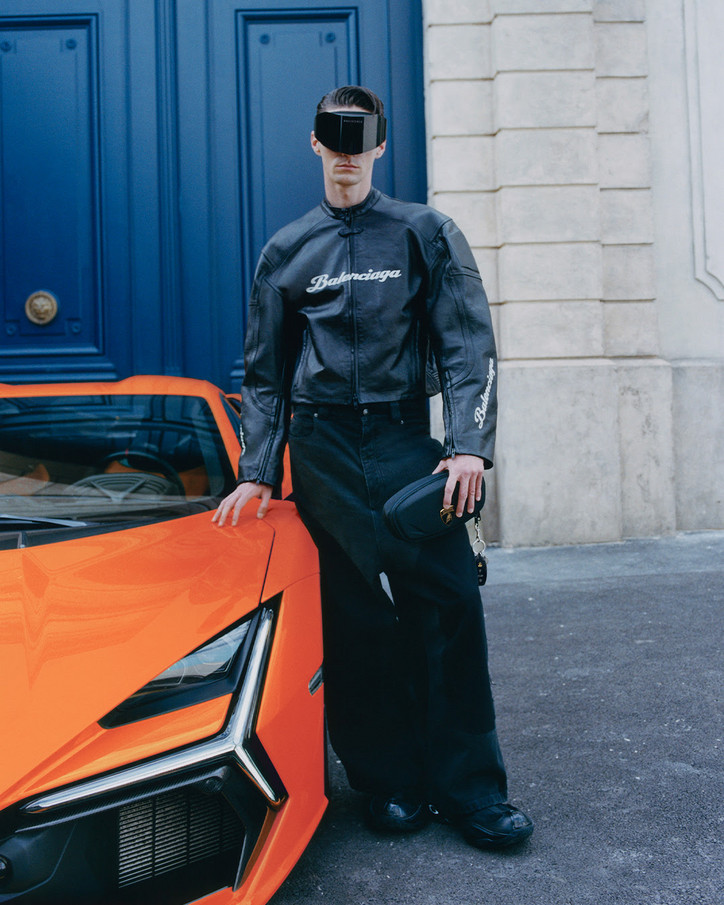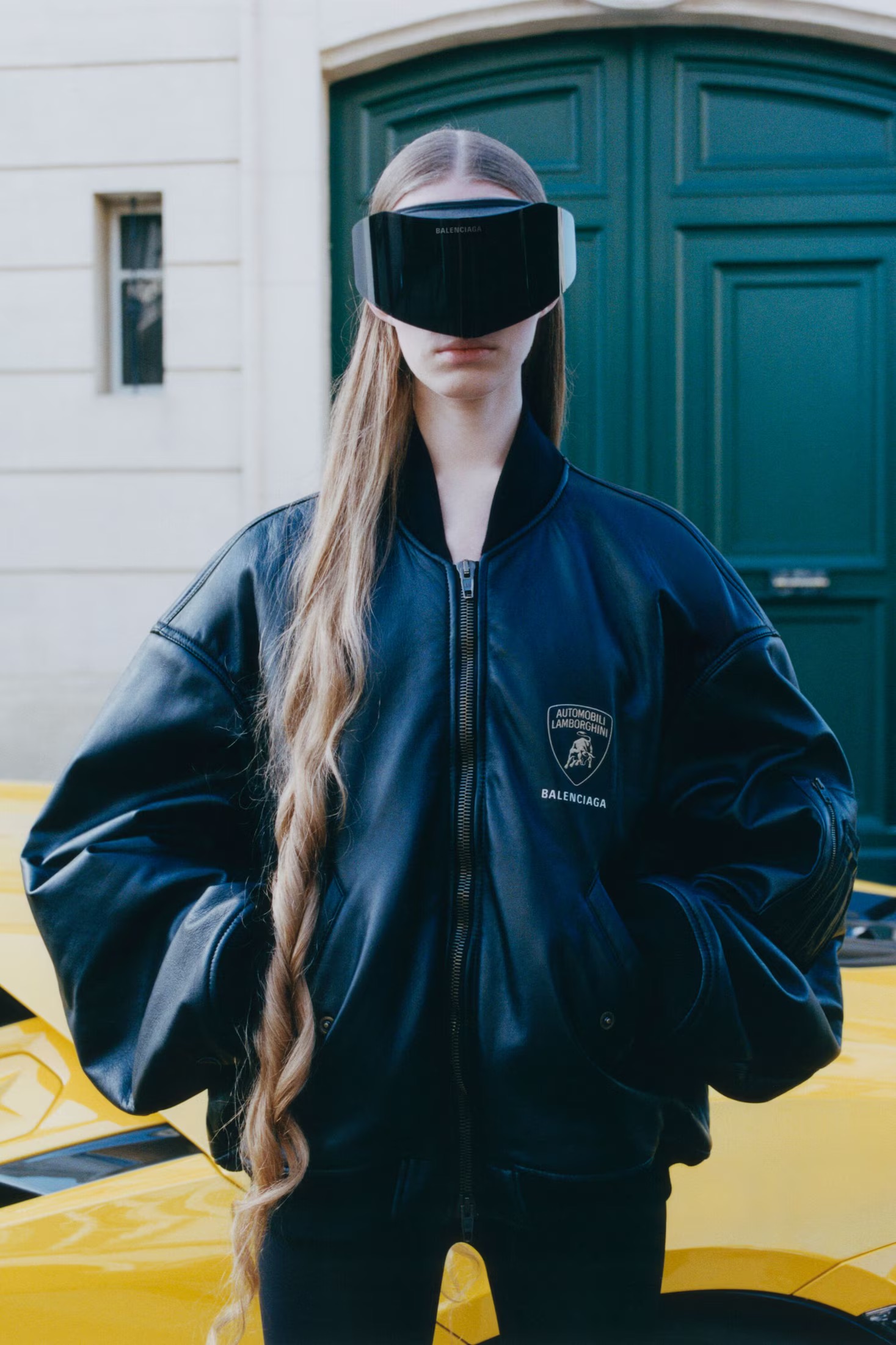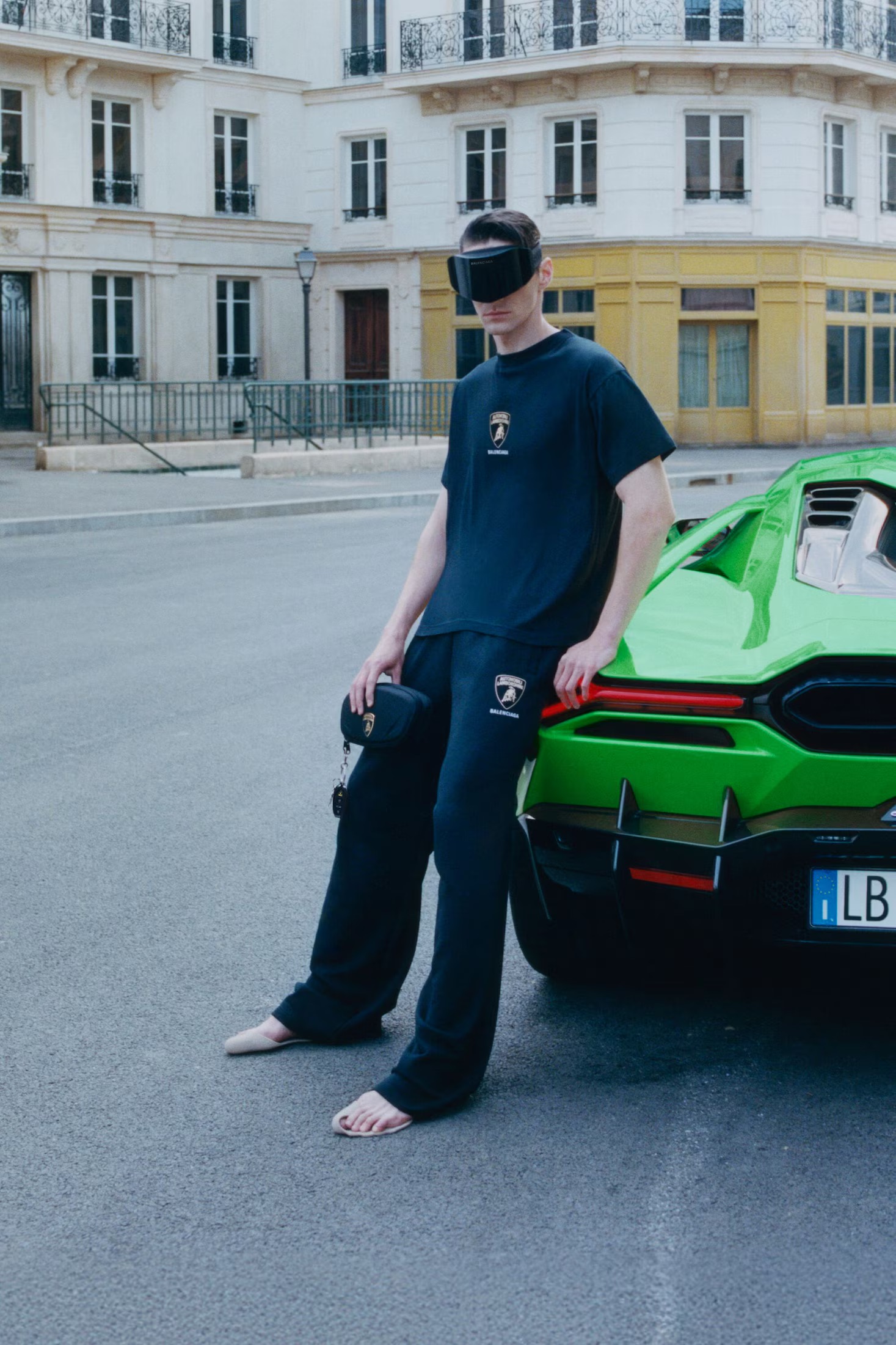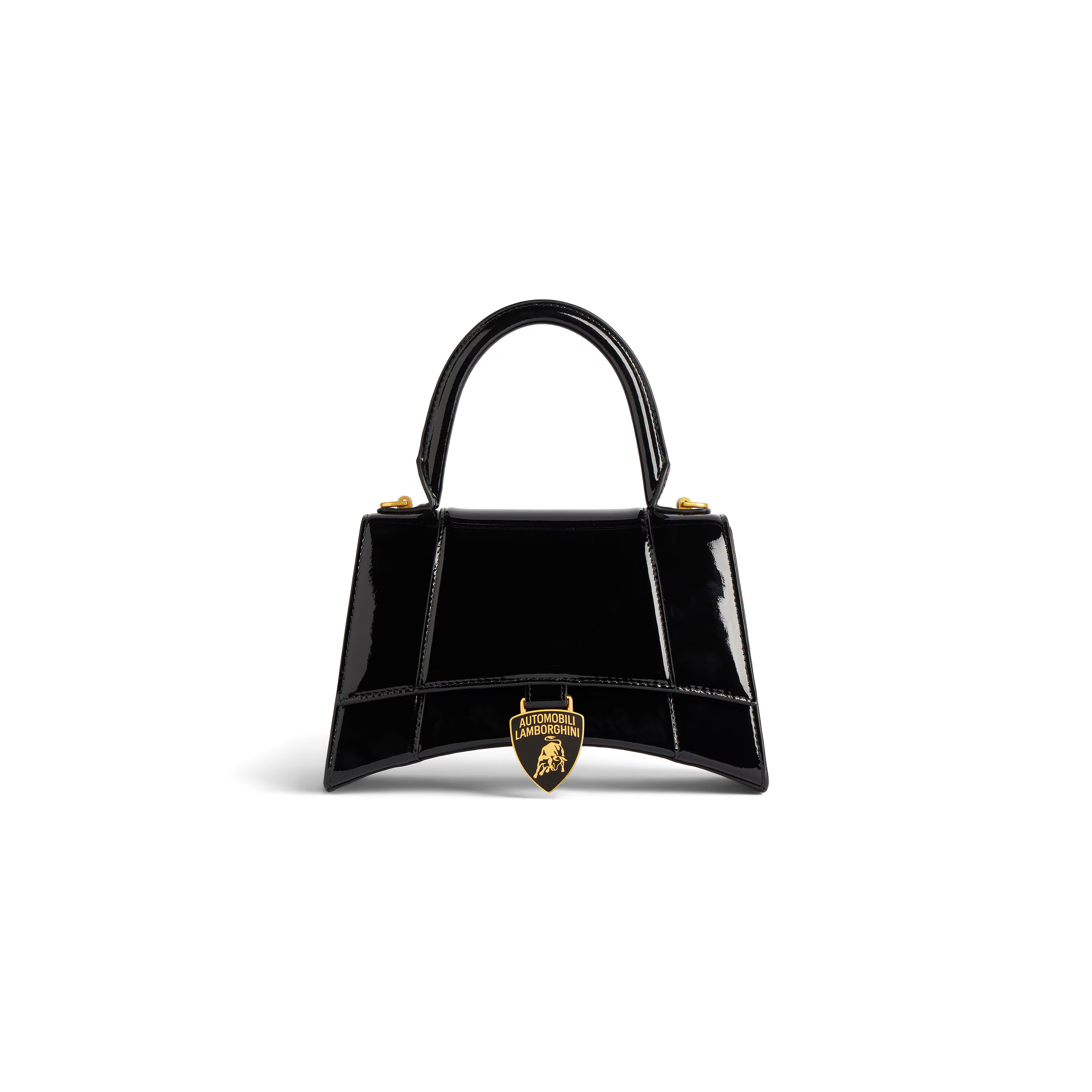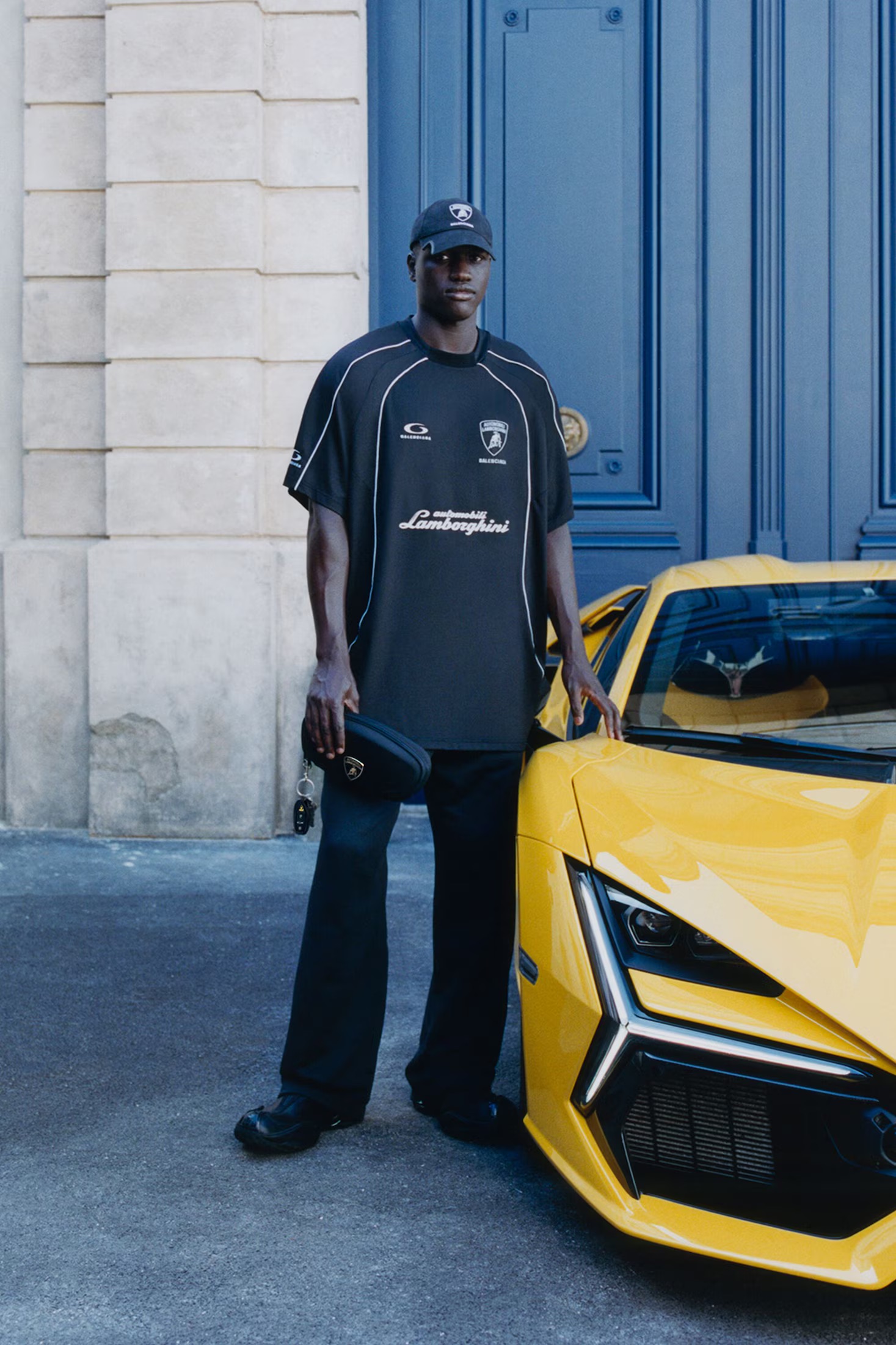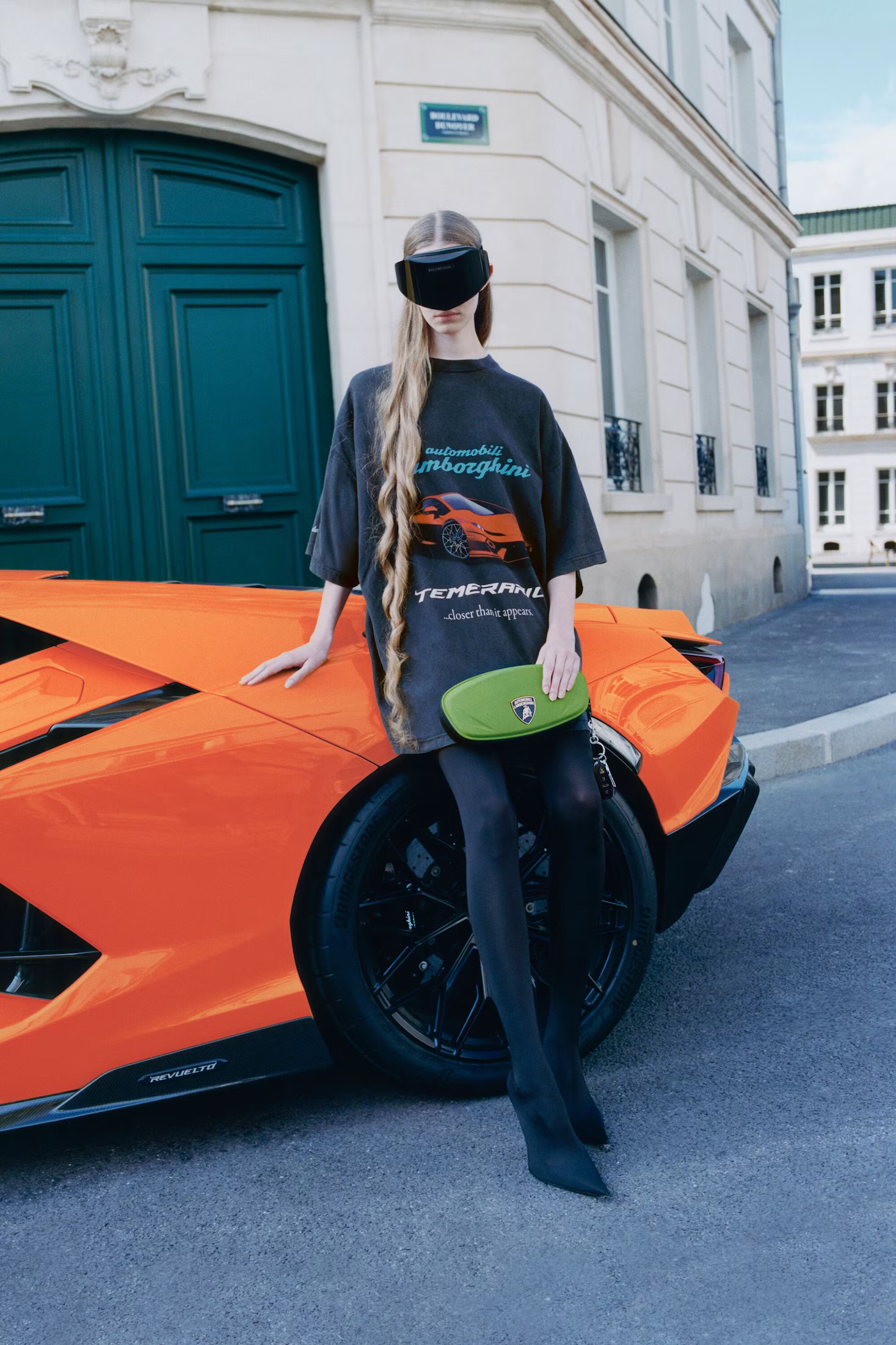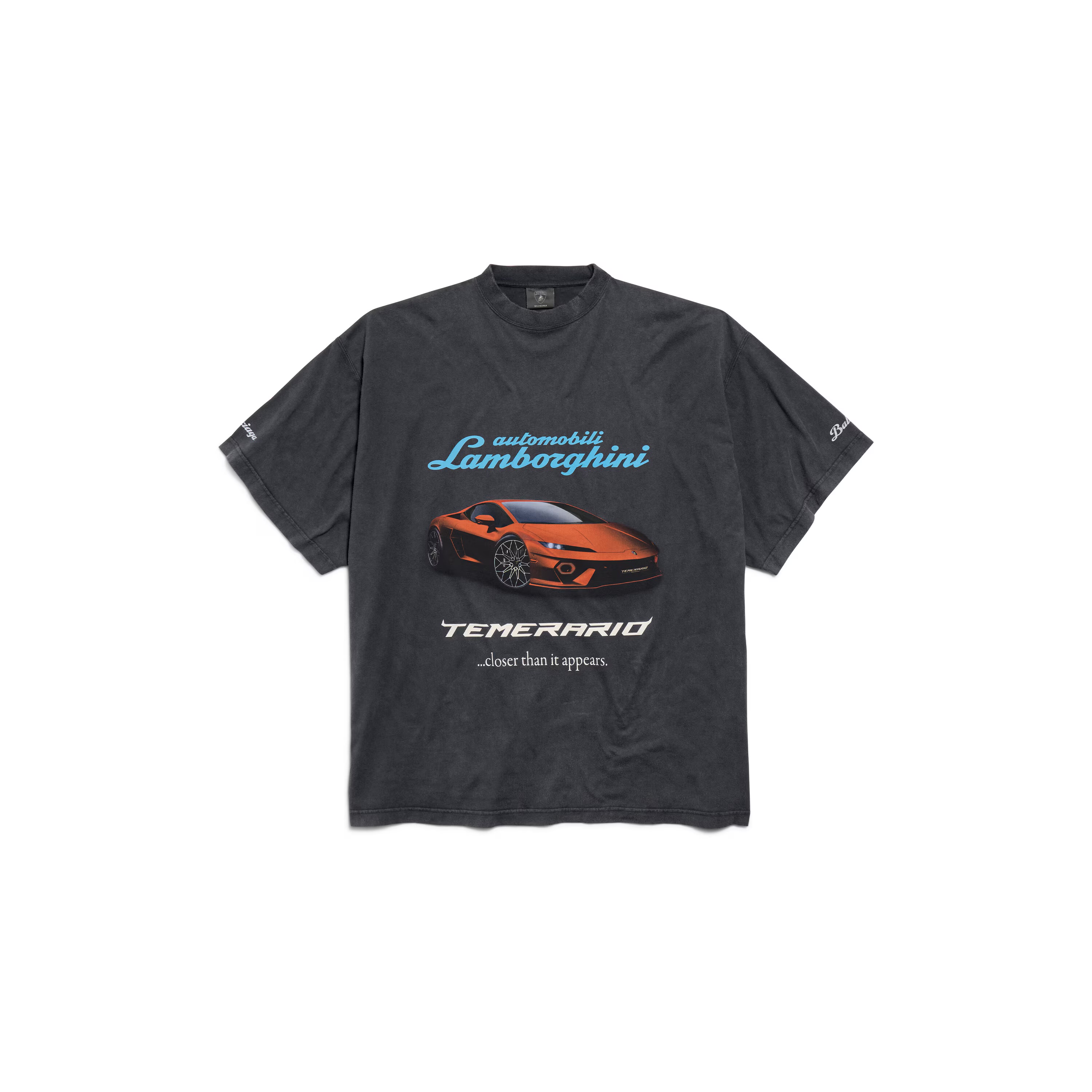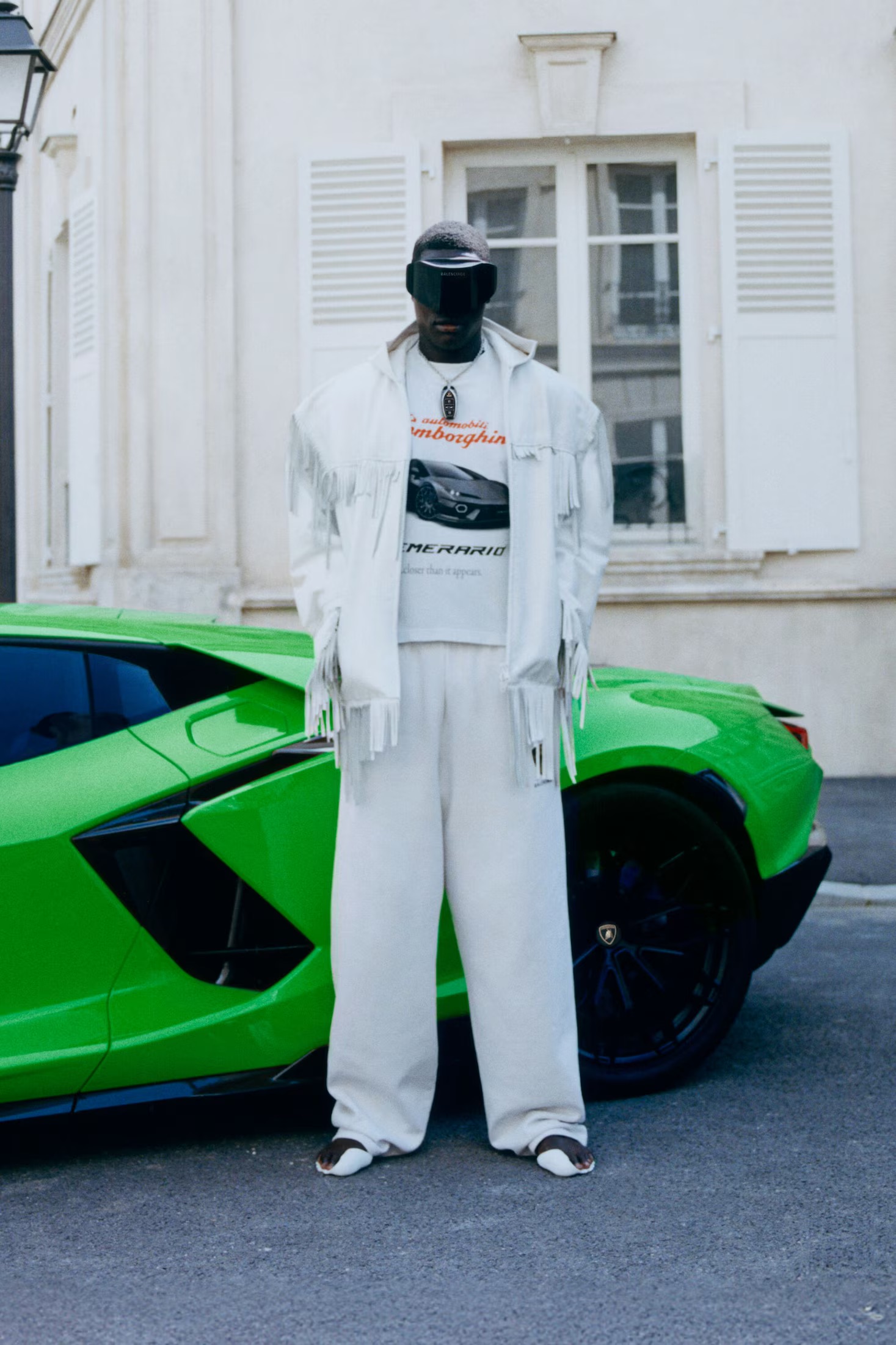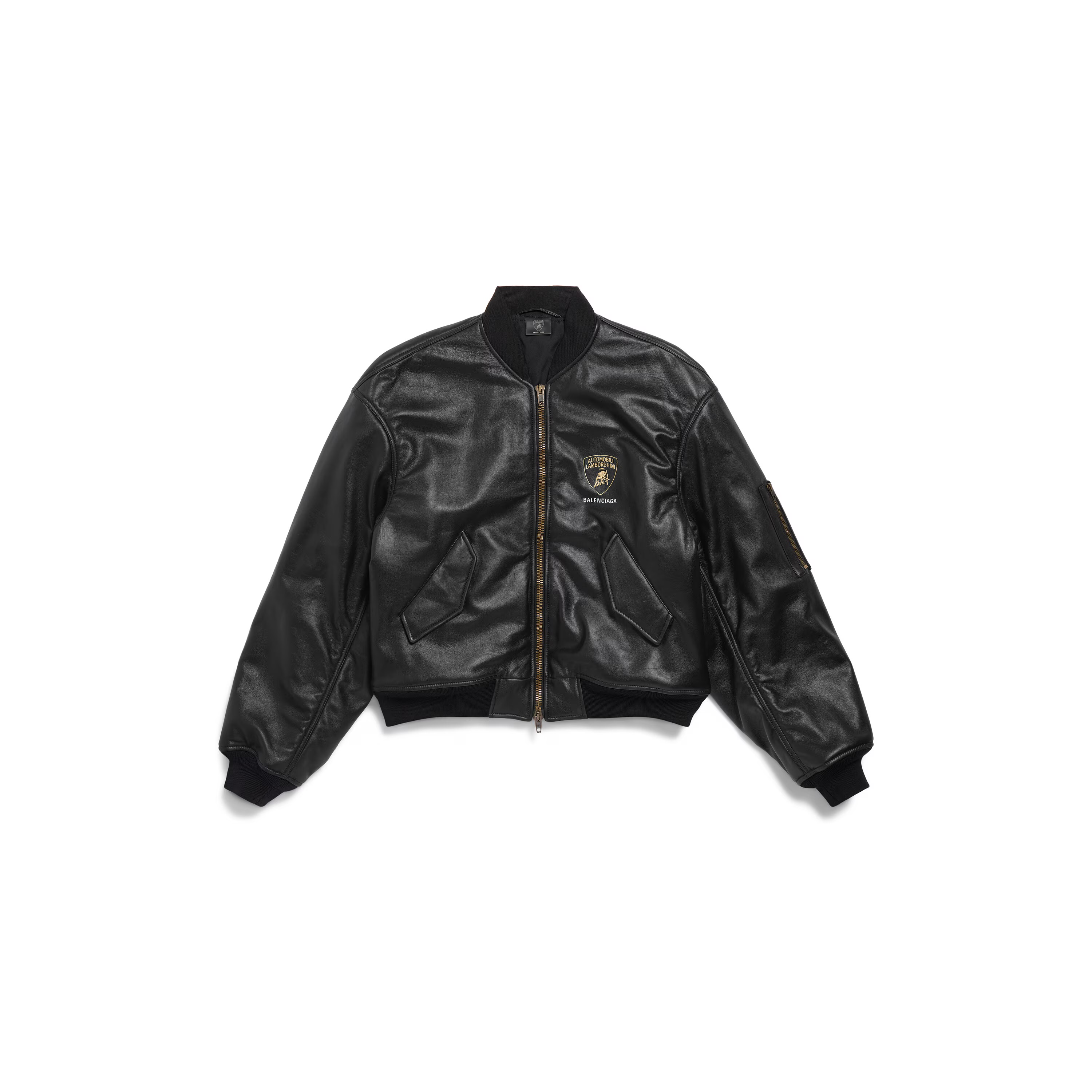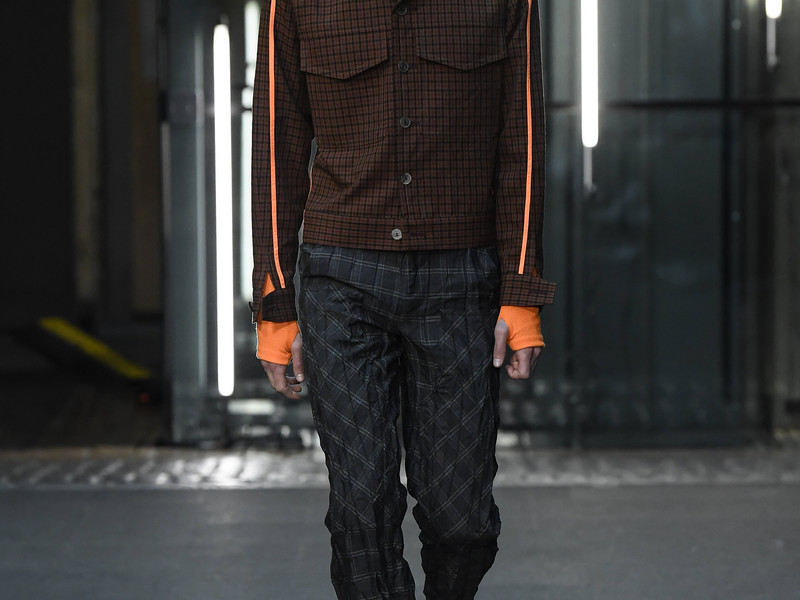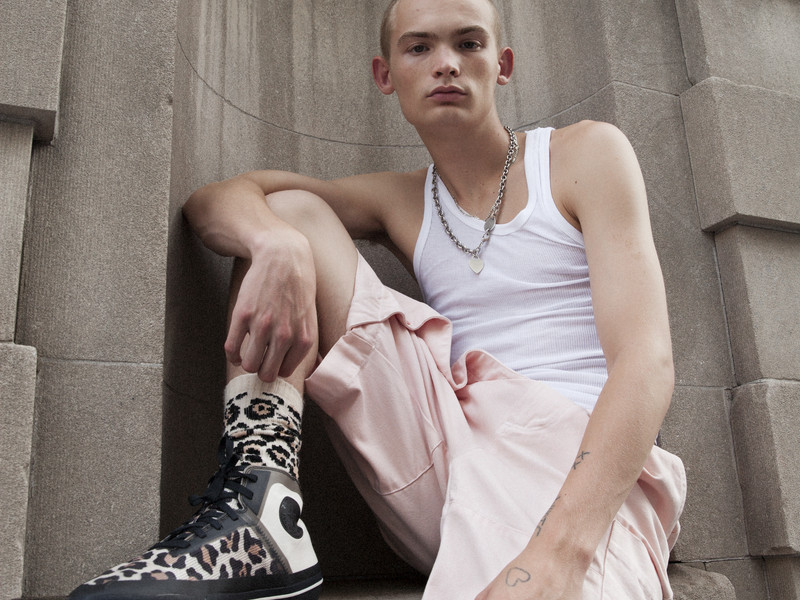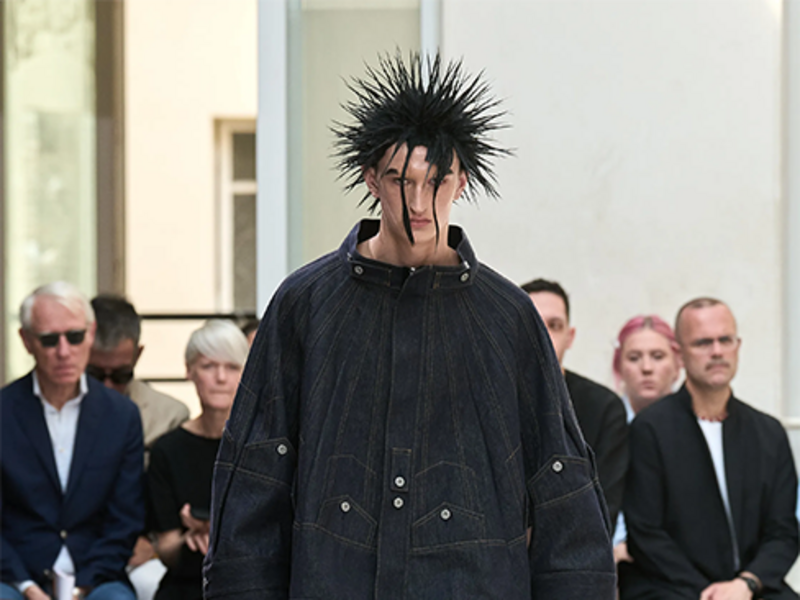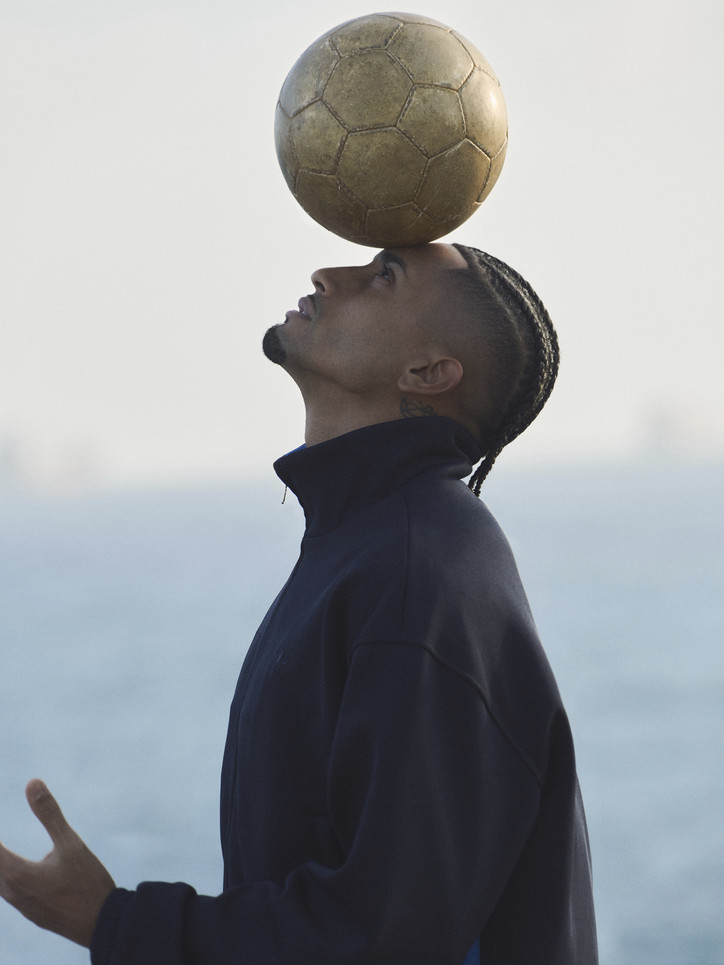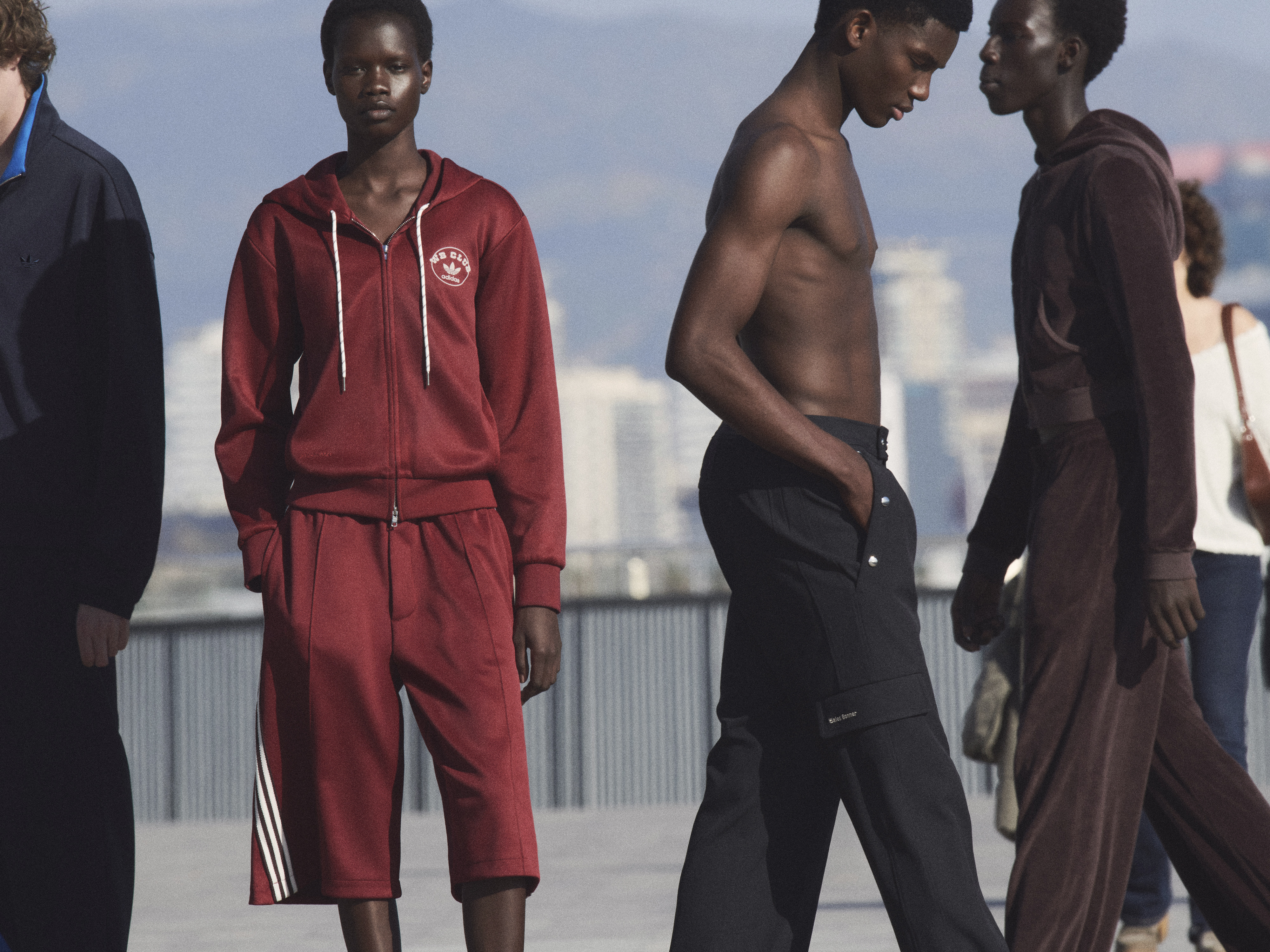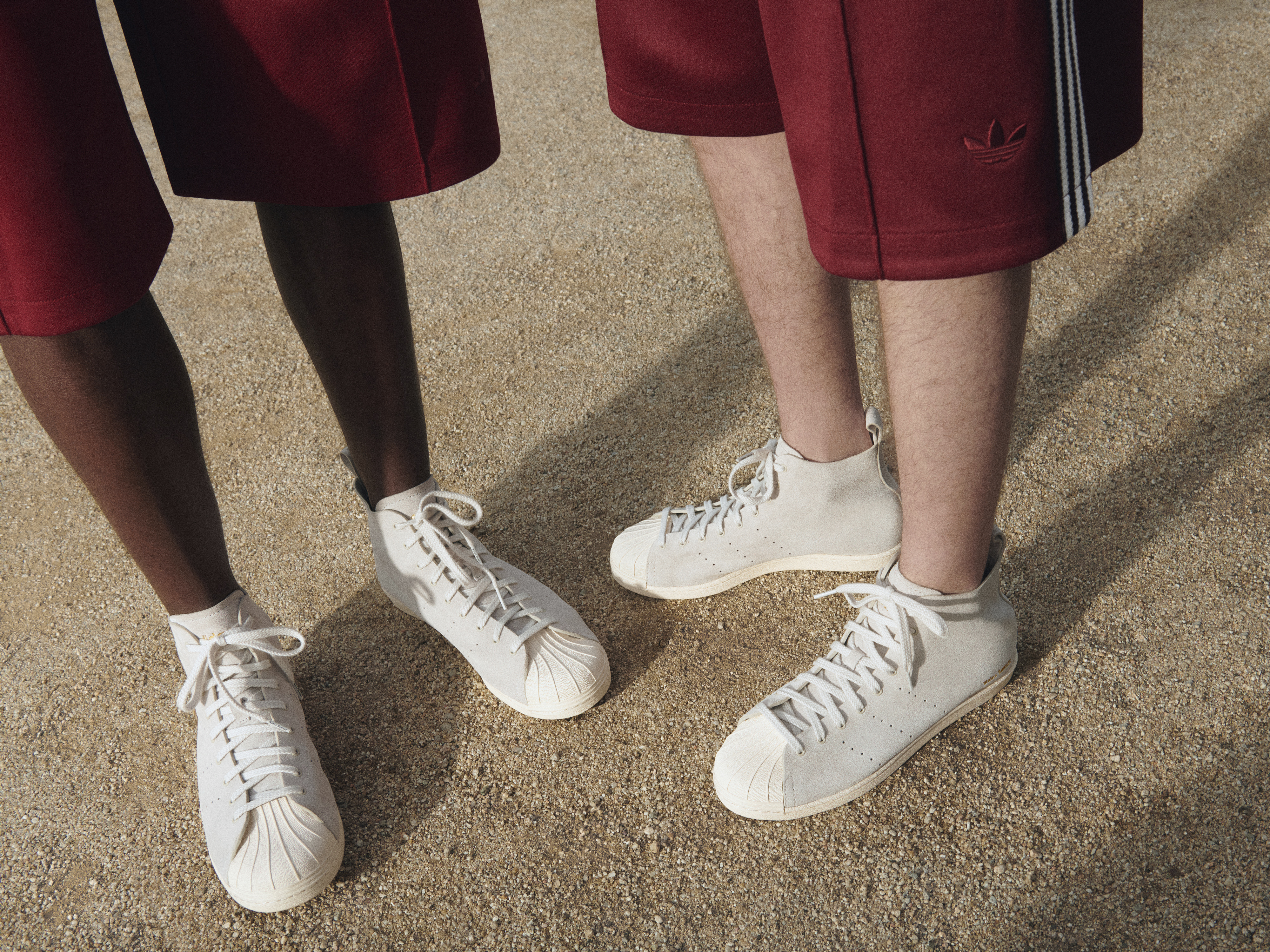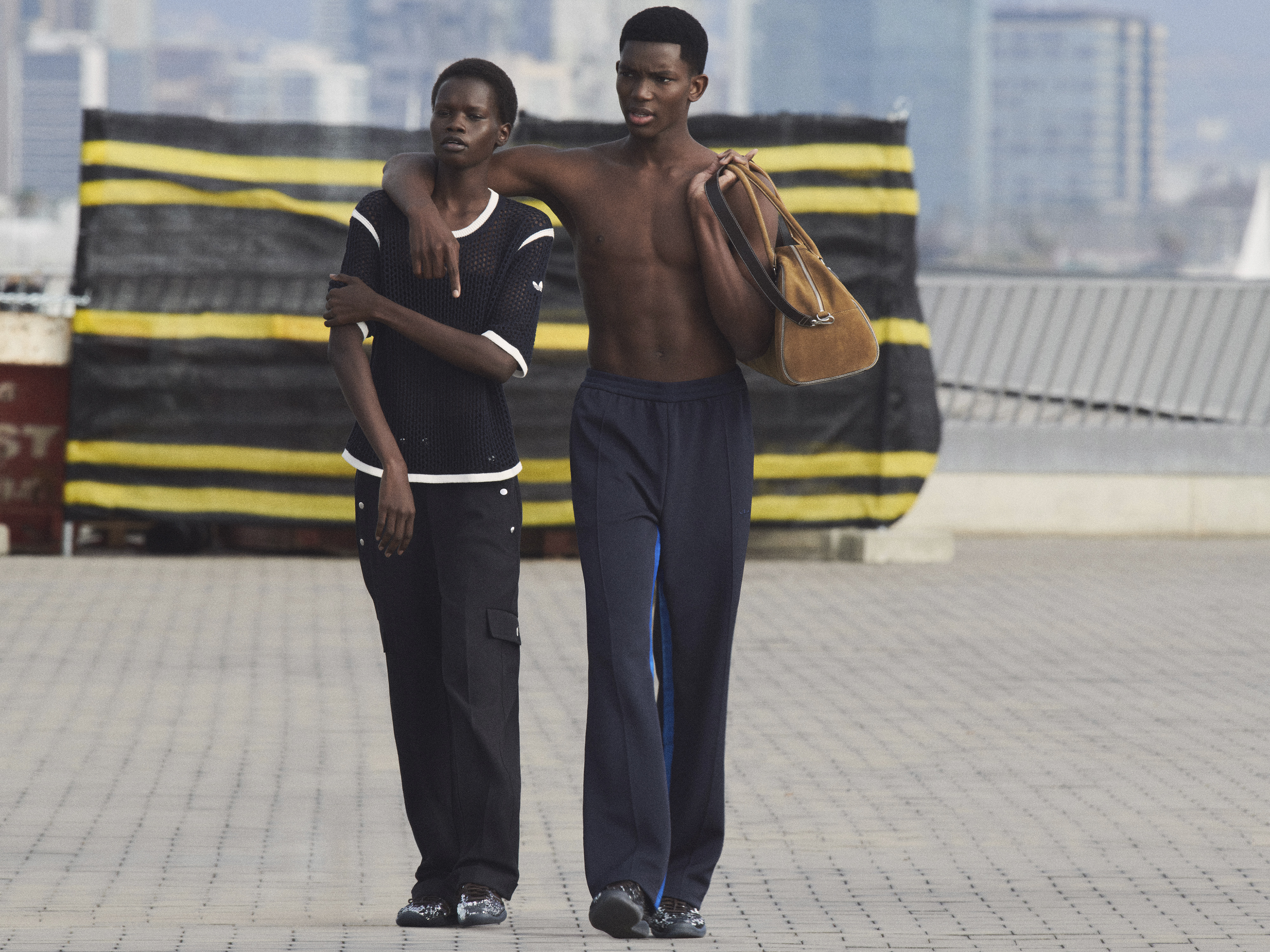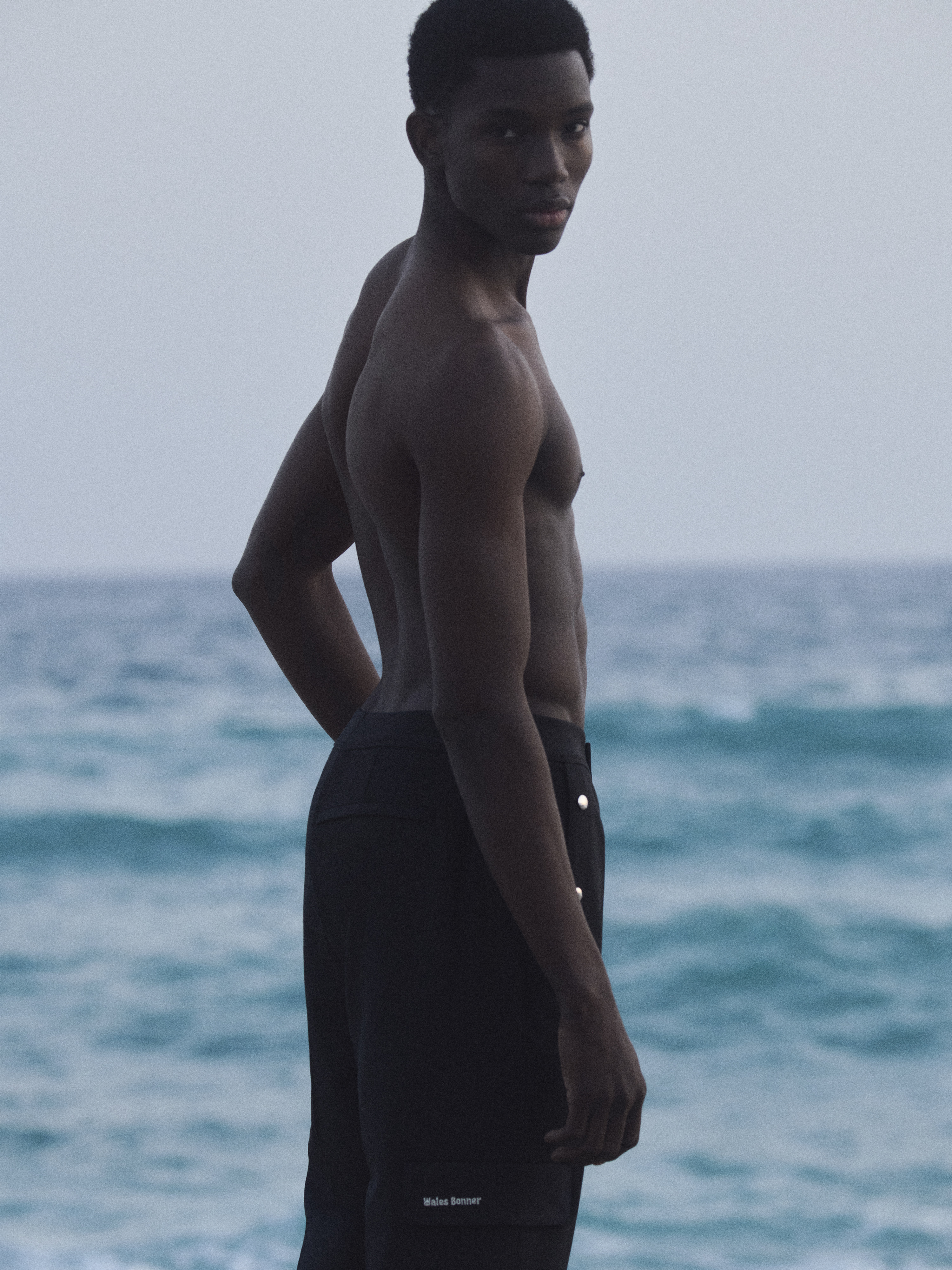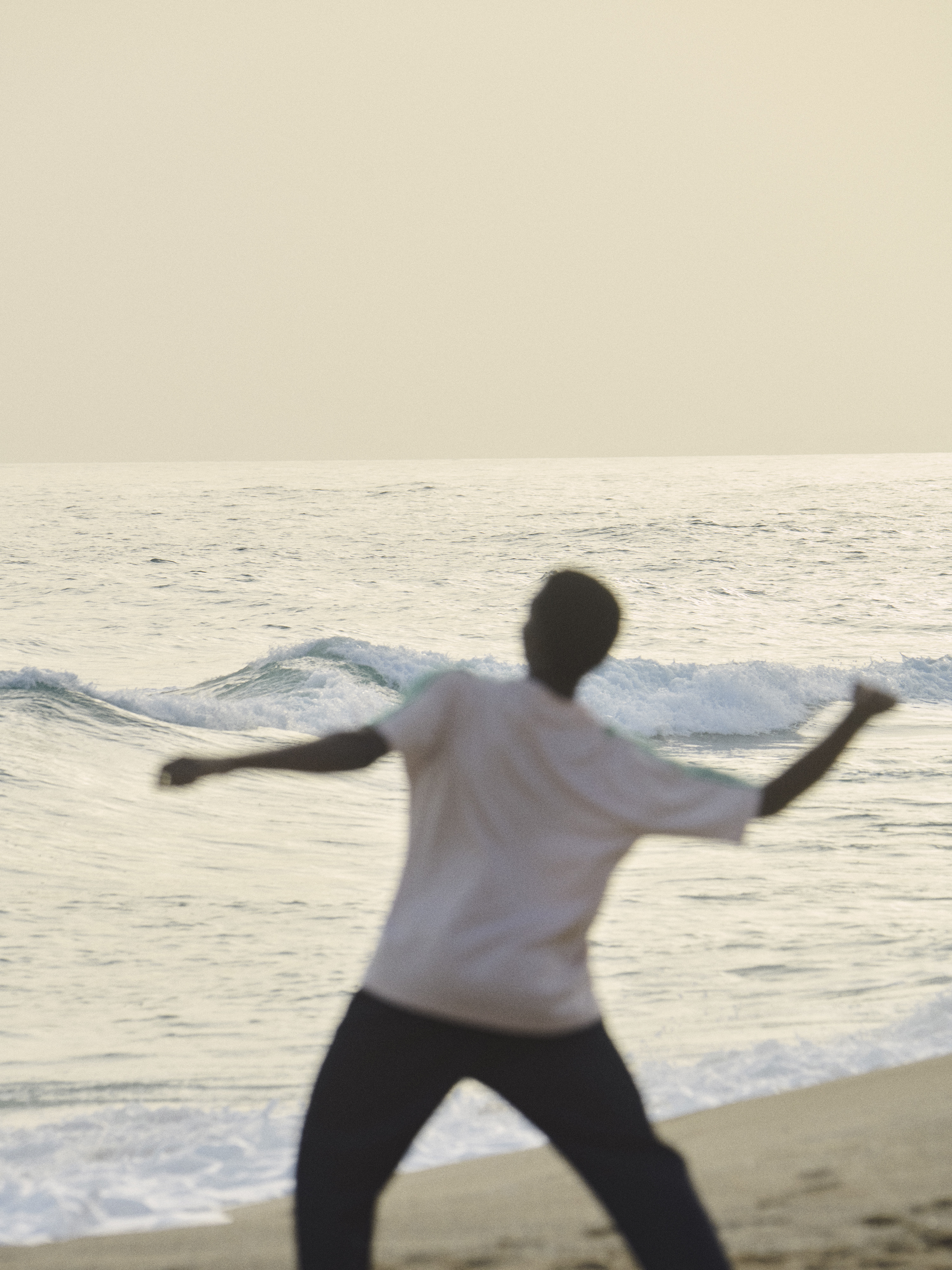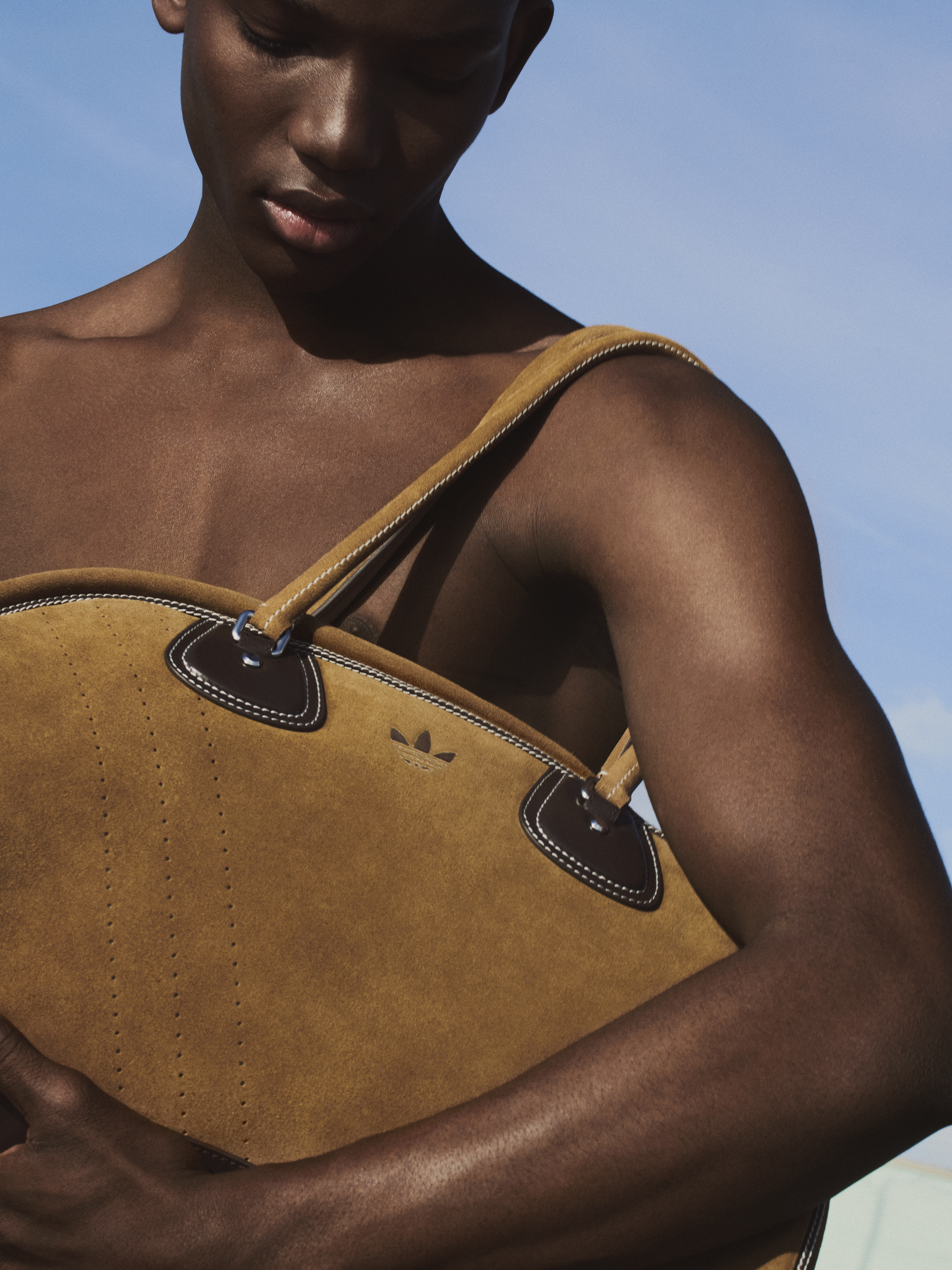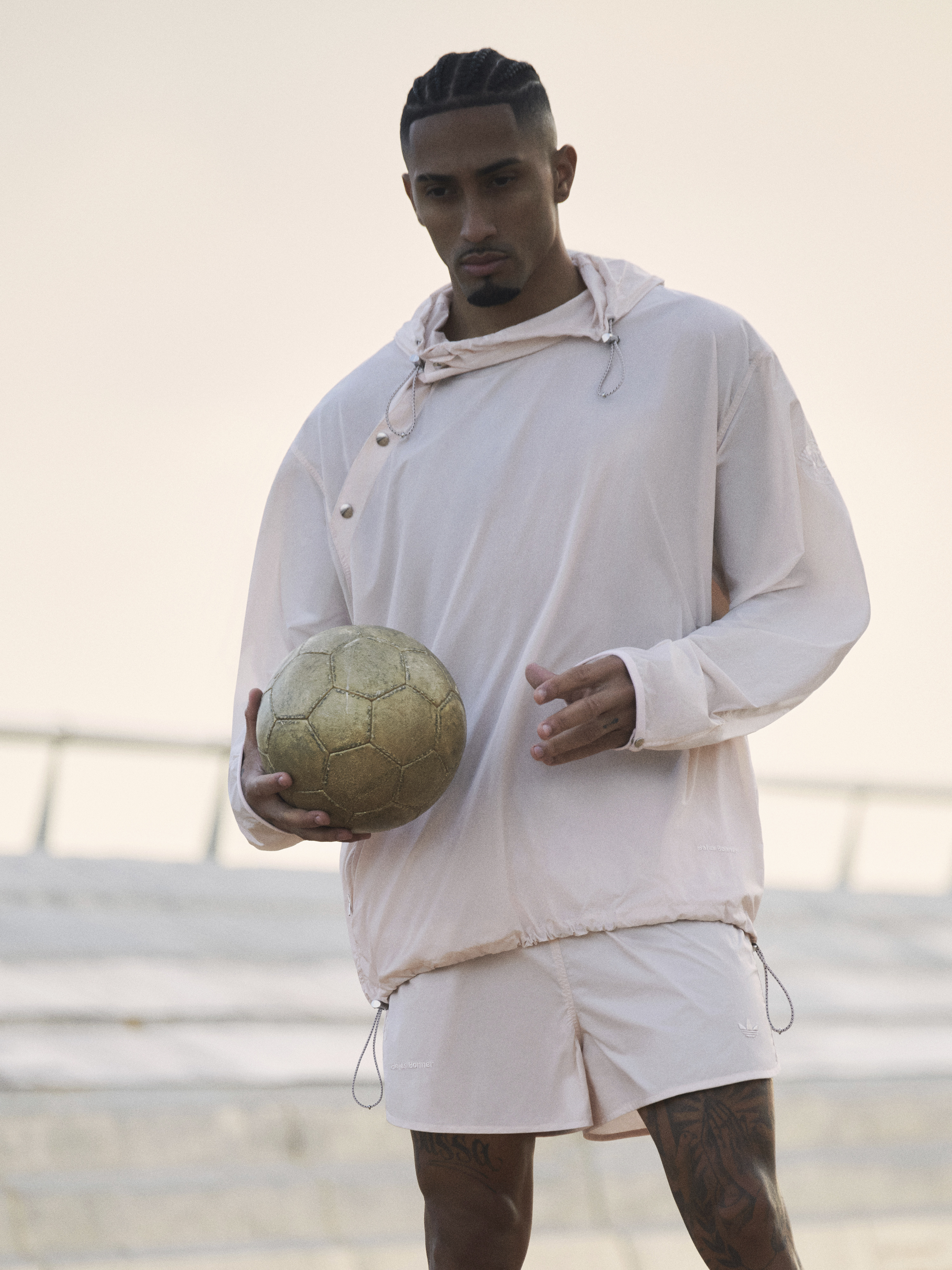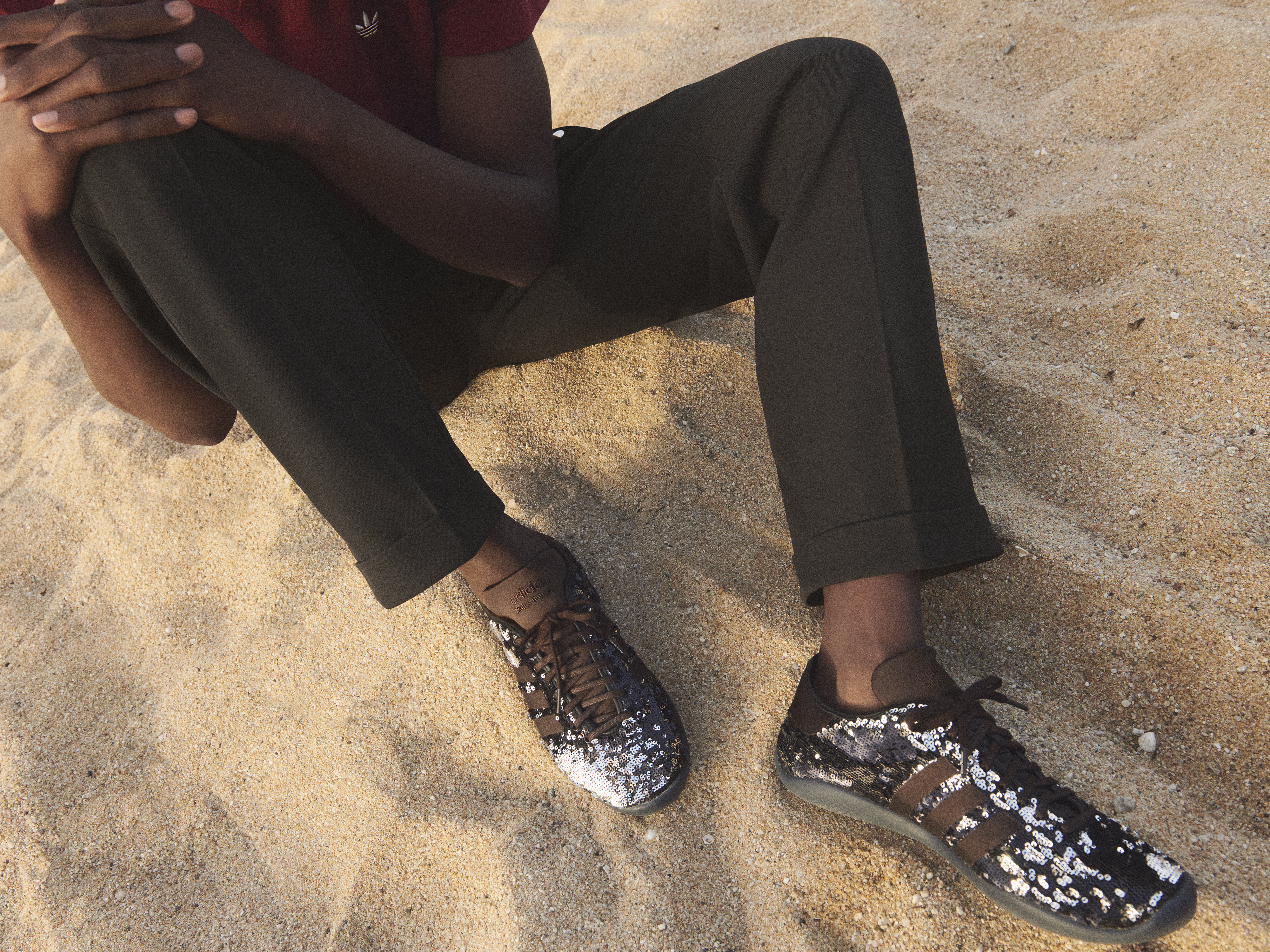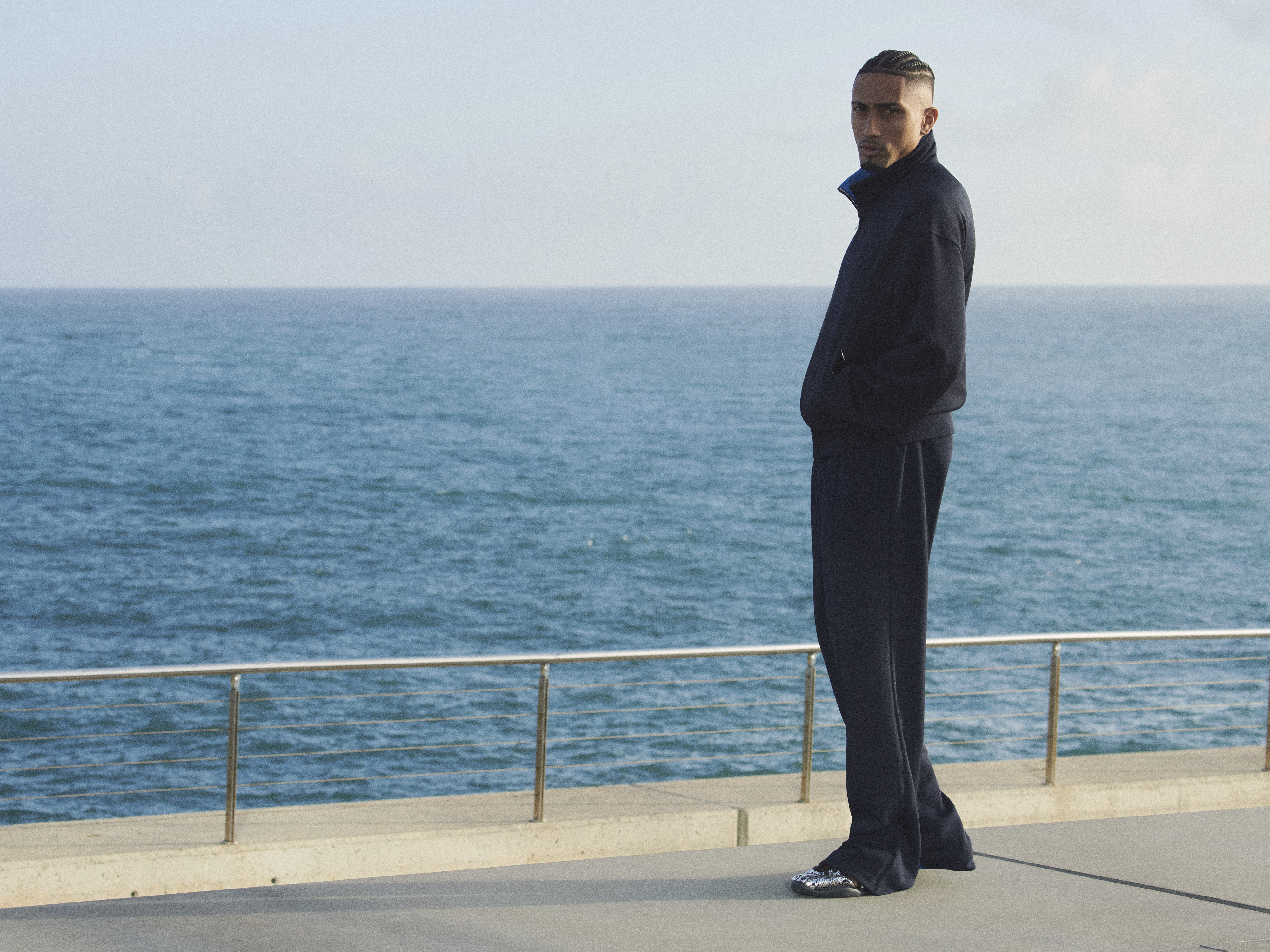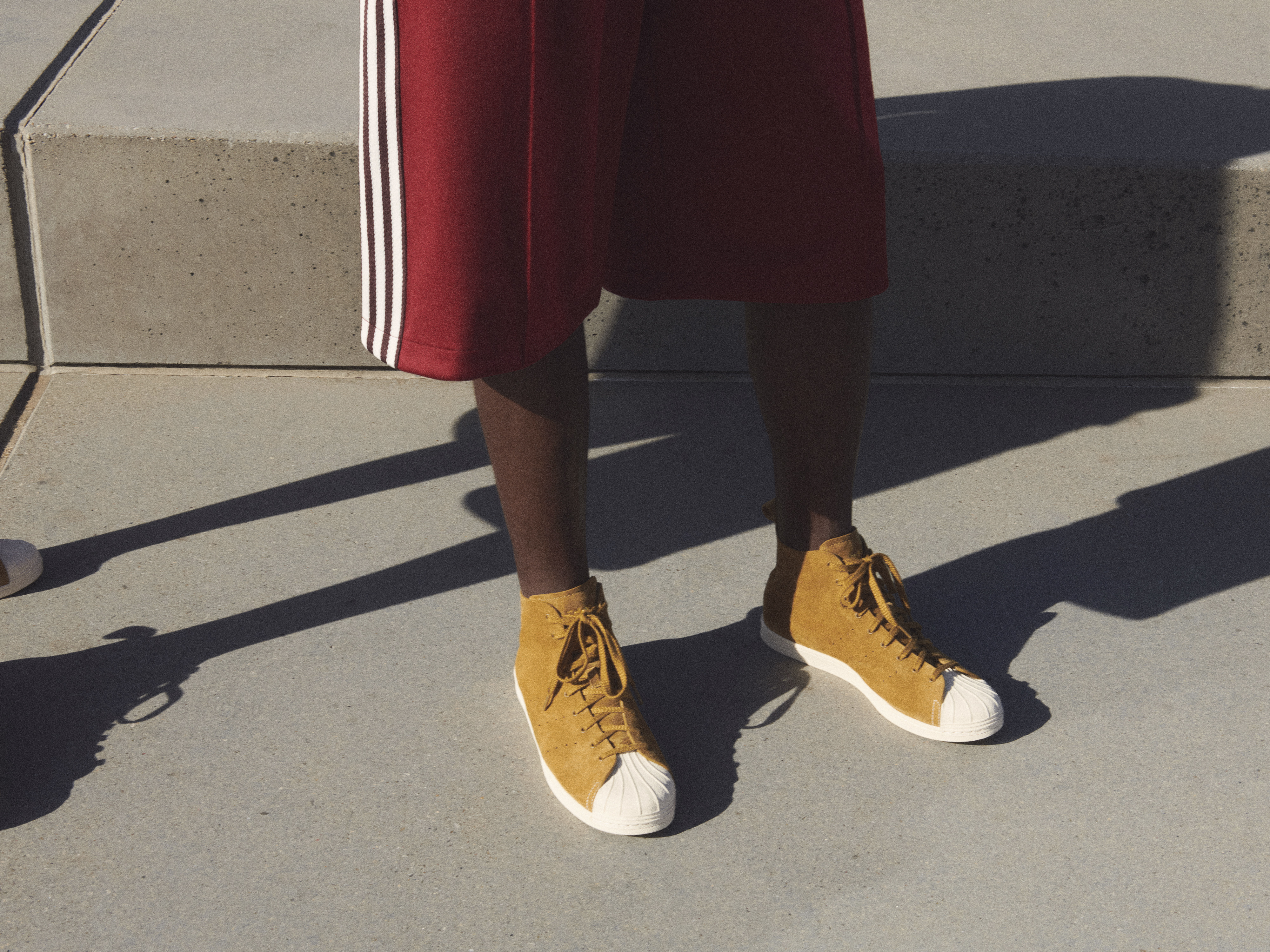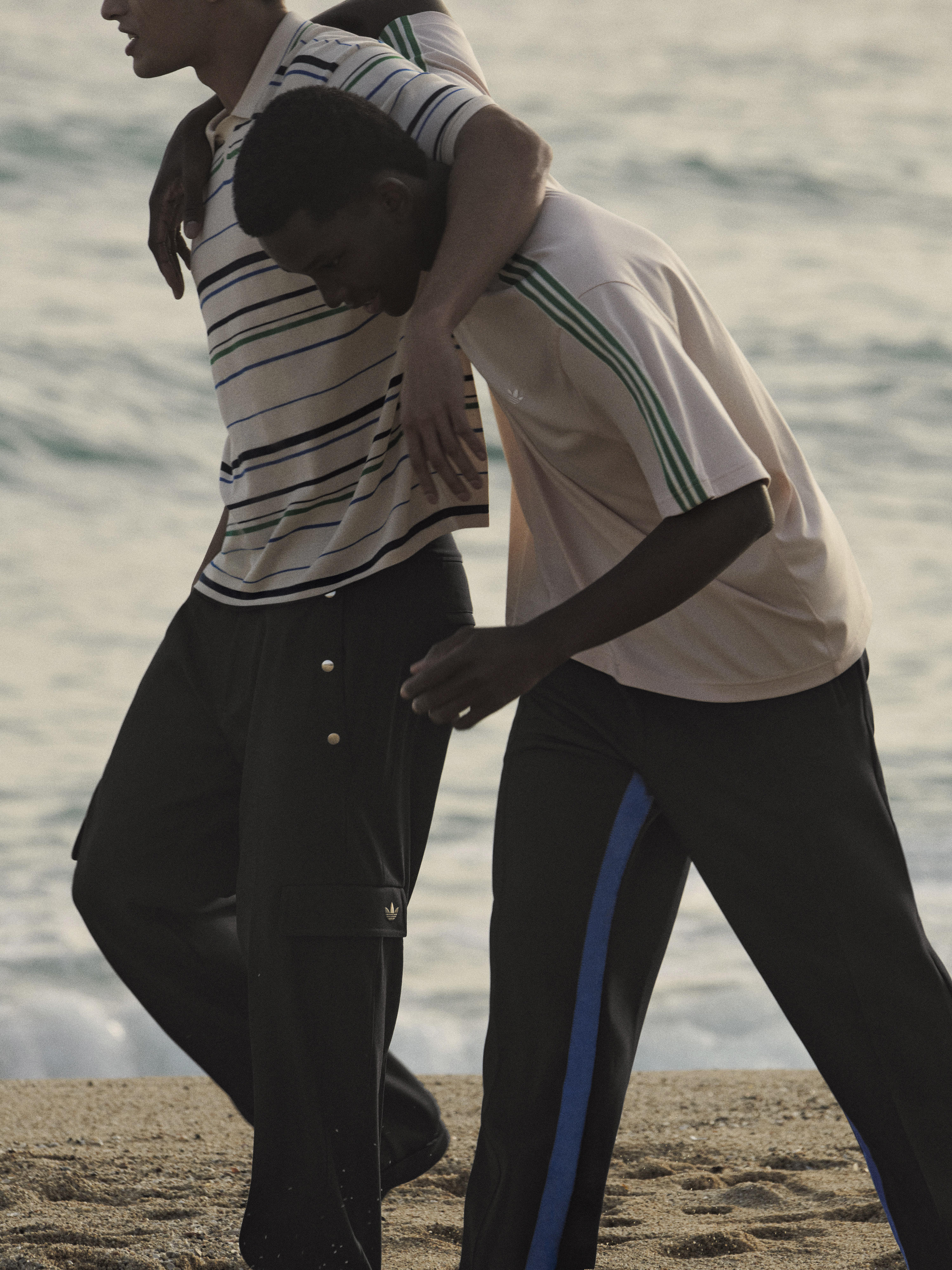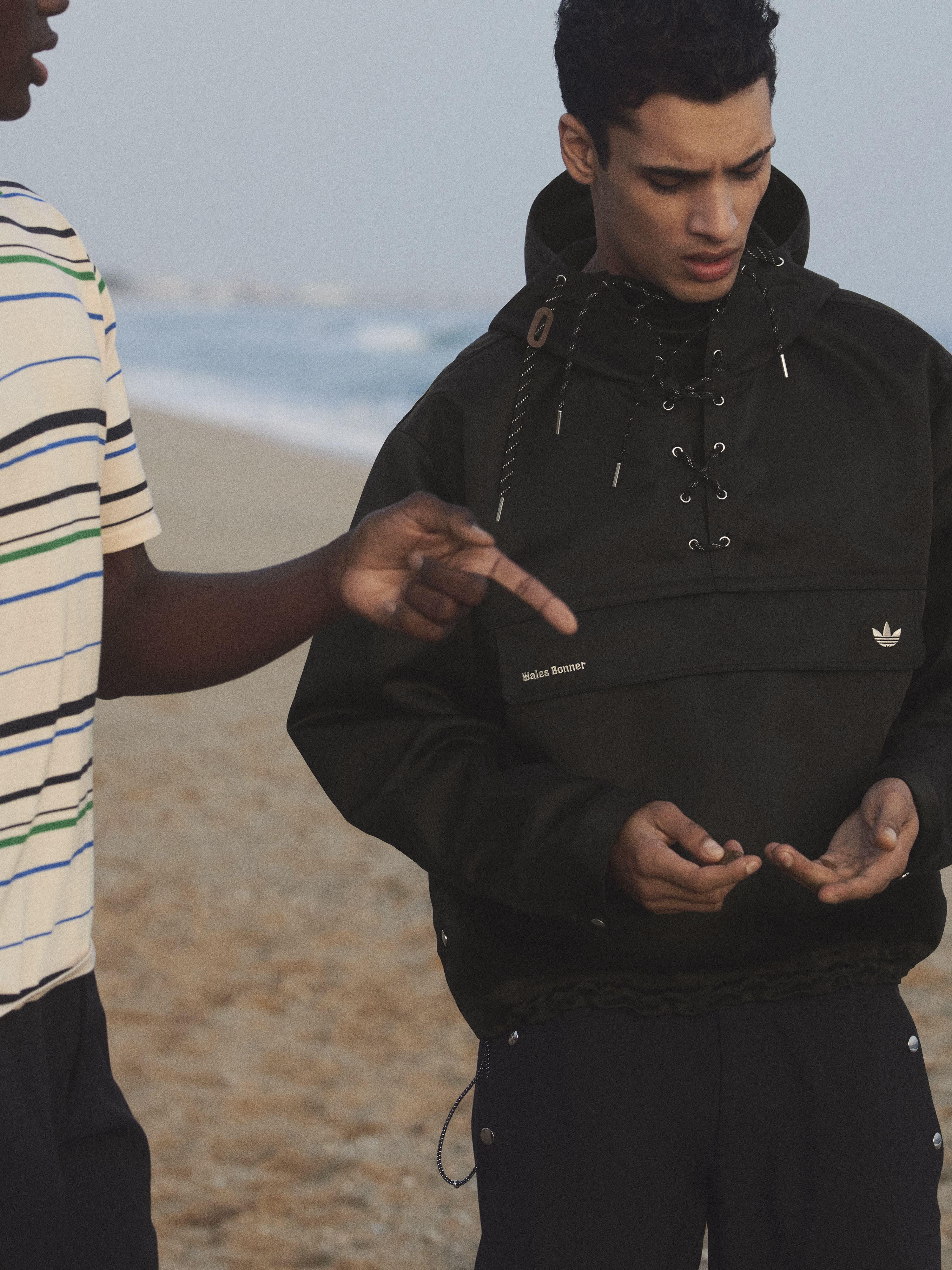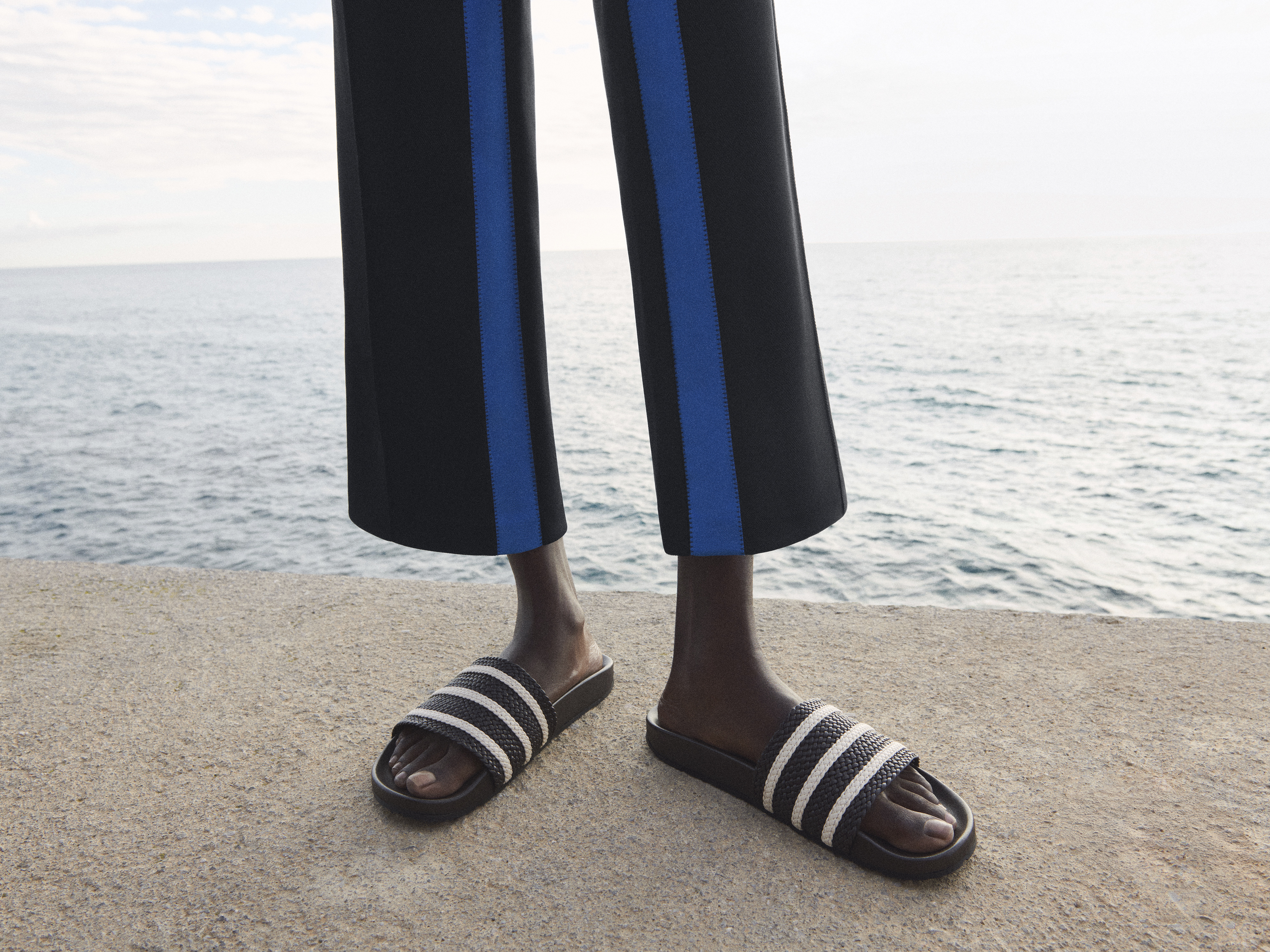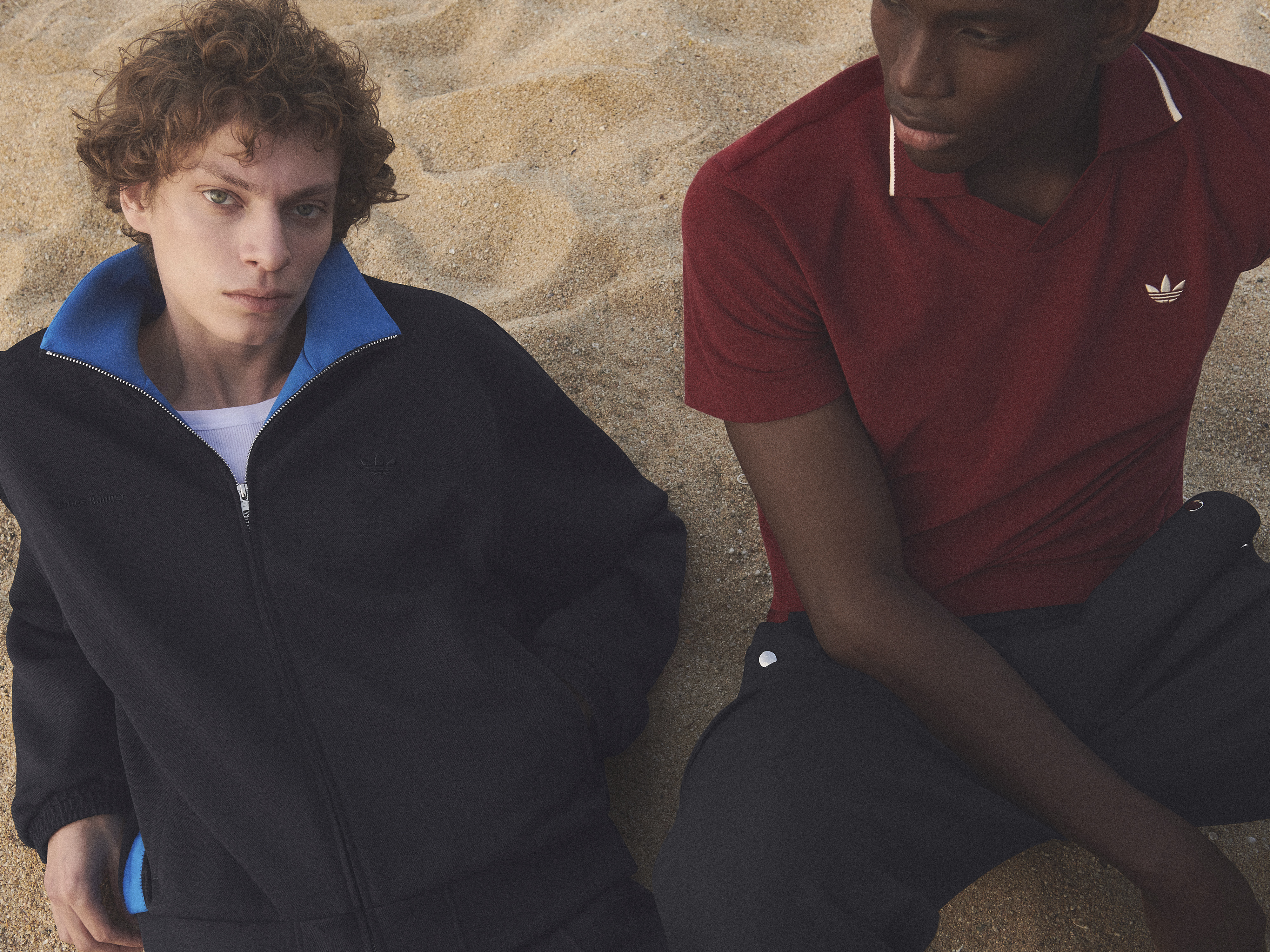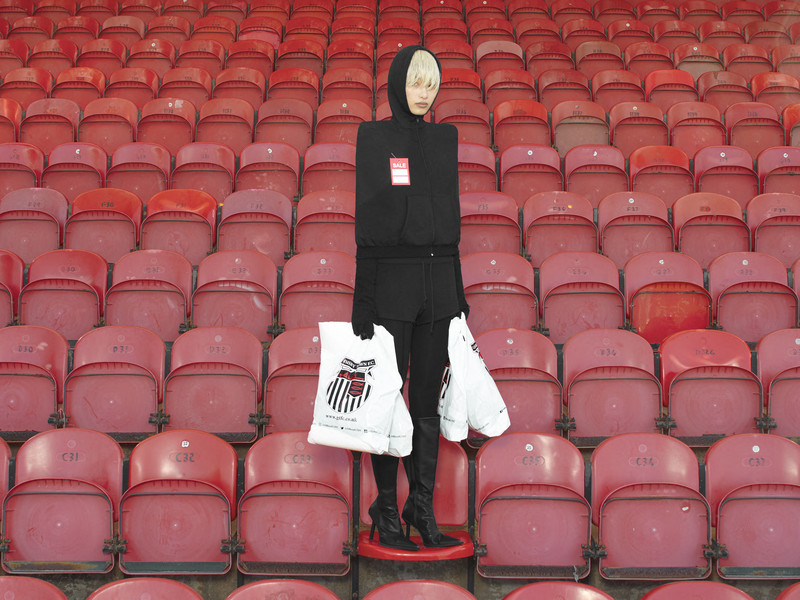Constança Entrudo: Deceiving the Eye
The Portuguese designer shares with office her design process, plans for furthering sustainability and the future. Step into her alluring mind and fall in love with the intersection of textile design and poetry.
One thing about your work that I noticed is that the intersection of art in fashion, and your work is distinguishable. Could you tell me about that?
Most of my references, even though I look at fashion, and I go to fashion libraries, and I have a fashion background, because I ended up working in fashion. I am a textile designer, that was what I studied at St. Martin's in London. So I think that's in that's why it's so evident in my work that it comes from contemporary art background because for three years, or even when I was studying, I ended up working then Peter Pilotto, which is a brand that now doesn't exist anymore, but at Marques, Almeida, and that's how I started being introduced. And I've always liked fashion and enjoyed it. For years, while I was studying, it was never clear that I would end up being a fashion designer. So I've always been very interested in art. I would hang out with artist friends, and I would look for all the openings and everything. So, it just started growing more and more, but even when I went to university, I thought I was going to study fine art. I think that becomes quite evident in my work, I guess, even though now I started, I have had the brand for two years. So, I started adapting myself to the body as well, which is something that in the beginning, wasn't a concern to me. And kind of, the whole industry makes me not think like the sales point of view and everything makes me then start to consider, you know, how it fits on the body. But when I think about it, I think it's quite flat. When I start working, as always started quite flat, I can even kind of show you. And then I go into the body after months and months of researching and material. So yeah, so that's why and I've been working as well. Like this year, I kind of went back to my background, and I had an invitation to be part of a textile exhibition in a gallery in Lisbon. So that was when I realized that hey, I want to be back into this and this is what I really enjoy.So yeah, so the word crosses both fields. So, you went to school for textile design, then started working for those brands.
How did the idea of starting your own brand come about from the dream to reality of making your own brand?
I guess in my case, because it was quite spontaneous. It's not that I had the dream, it was not a thoughtful decision in a way. So basically, I was working in Paris, I worked for Balmain for a year and a half, two years. But I did present my final via collection here in Lisbon at Lisbon Fashion Week, I was in London for like, six years, I didn't know how the scene was in Lisbon. And I got this invite after I finished my VA for someone to view my work. So, they invited me to have a small presentation, and to create garments. And I thought, why not? It's quite challenging, let's give it a try. So I did it, but I was not confident at all because, I’m in Portugal, people dress up in a very conservative way. And so I presented my collection, it was like, probably my favorite tool ever, I would say, and, and yeah, and it turns out that there was Suzy Menkes there, and there was a lot of press at that time, because there was an ongoing fashion sustainability conference happening in Lisbon. So, all of a sudden, I got some attention. I started getting a lot of requests from stylists and people asking me to buy. But at that point, I felt I wasn’t ready to start my own brand. I just graduated so I went to Paris, and I started working as a designer at Balmain but then it started getting quite tricky to manage everything. So after like, a year or so I started realizing I was getting tired, I was working overnight on my own collections, I was trying to deal with all the shipments and as you know, my work is fabric focused so it takes a long time to produce and I would need a lot of machinery and I would need suppliers all the time and had to deal with everything. I had another invite from Lisbon fashion to present a collection and so after like three or four invites that I declined because I was working, I was like, “Okay, I'll give it a try and make another collection. It was a more experimental thing, I did a lot of collaborations for that collection with like friends from CSM: a jewelry designer and knit designer and this hat maker so it was more of an experiment in a way. So, from then onwards the brand started growing. I was always in Lisbon but I might go back and work for a big brand again because I really enjoy working for other people. Then it evolved and now it's been two years, the brand, and I'm happy though.
So you've touched a little bit before in other interviews about your title. You'd rather go by textile designer than fashion designer. What was the thought behind that decision?
I think it’s more of a matter of being quite honest and humble about things. In a textile forest, what you do is you explore the textile and I didn’t have any knowledge on a pattern, pattern making, pattern cutting. It’s something I learned a lot while I was at St. Martins, Peter Pilotto, and Balmain. I had to learn but I wouldn’t say it’s my focus. So, I just think it’s more fair for me to be called a textile designer and it makes my possibilities open to continue to work as an artist or as a textile artist. So, that’s how I try to keep it but, nowadays it’s quite tricky because I feel the brand a bit more and I had to focus a lot on the brand and on management and on the whole side of clothes. So, maybe I’m becoming into this fluid thing that it’s the textile fashion designer, if you can say that.
What’s the process behind making your fabrics and the certain designs that you’re doing with those fabrics?
So, it usually starts with a book, or with written words, because I find it more challenging in a way to not have like visual references and then to go from concept, a text, a poem. Like right now, for the next collection, it starts introducing that. I found N.H. Pritchard, an American poet, who wrote a visual poetry book. And it’s quite challenging to me to then start to realize the concepts and even the words onto materials. Last season, I was reading a book about difficult lovers and exploring love stories. It talked about when you’re next to someone on the train and that person touches you and you feel that weird feeling. Then from there I started thinking about exploring that. I started thinking about all the times I was next to someone, feeling the fabric, asking myself, “What kind of fabric was it? What was the color?” And obviously I have a lot of references, fashion references, artist, techniques but usually it starts with a book.
Your Trompe L’Oeil Jacquard Dress has gained a lot of popularity, what were some of the influences for this particular design?
So, Trompe L’Oeil Jacquard means “deceive the eye” in English and it’s a technique that I've actually been exploring since I was at university, not with body shapes but it’s like this idea of illusion that I explore in all my collections, like illusion is an emanation over a reality that doesn’t yet and I quite like that idea since I explore a lot of media. Say you have a knit and I want it to look like a print and I want to create that confused, illusional thought that you don’t know what it is. I’ve been exploring that since I was at university using creased fabrics and pretending it isn’t printed on and referencing Gaultier, Margiela, and Castelbajac. So, once I was at the factory where I do my jacquards, which is this technique I really liked, this new technique. They had this calendar, a porn calendar kind of. So, the jacquard translate reality, translates an image with all the pixels and we were all having lunch and I was like, “Okay let’s try this, this is quite fun,” and as a joke because it’s also nice to be next to suppliers when you do stuff like I do, it’s good to be nice to them, get to know them to understand because it’s a tricky job. I posted on my Instagram stories, and then I put my phone down and then all of a sudden I had loads of people being like, “What’s this? What’s this?” So, for the past like two years, I thought there was no context to introduce it but everyone kept asking about the dress so, I decided to work a bit more on the artwork to mix images of different bodies, even my body, distort some of the things, distort a bit of the tummy so that it doesn't look the classical woman’s body, even though it’s a slim, skinny woman’s body or a perfect body. It has this weird alien vibe to it and like an illusion with the arms that makes it not the focus is not if the body looks good or not, or if it's like our preconceived idea of a perfect body. So, then it started like that, and then we put it on our online shop and from then onwards we've been selling a lot, and it became popular.
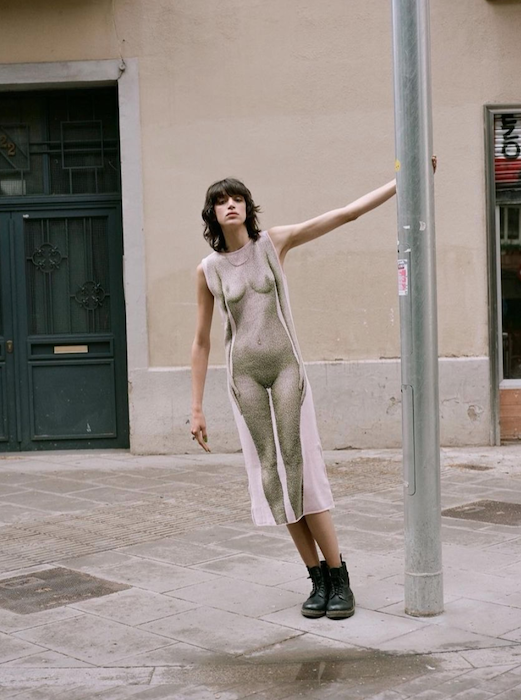
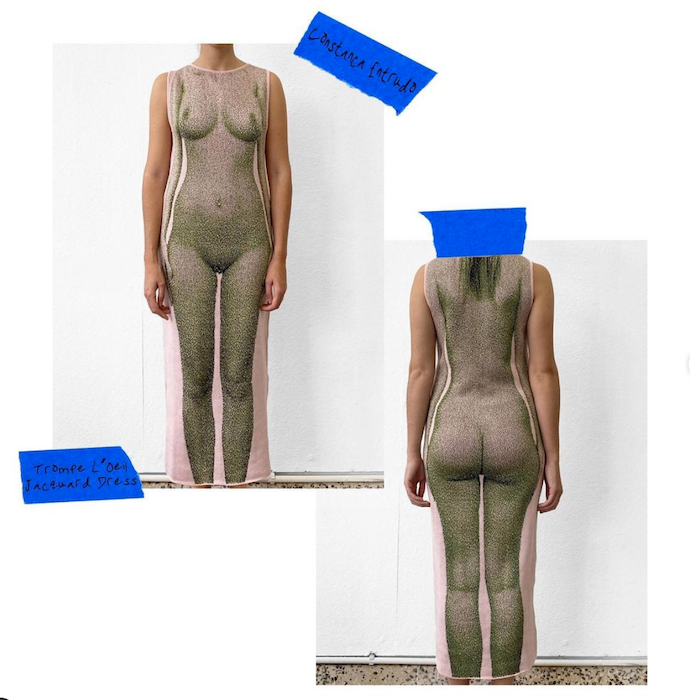
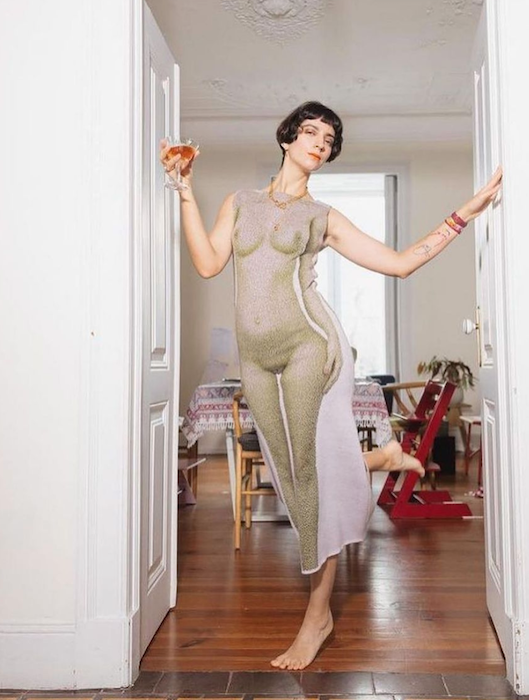
So, I noticed though, since you've gained a lot of popularity that there's been copycats, so how do you deal with companies copying you and like monetizing off of those copies?
It's really tricky. It's like, I've always looked at copies in a flattering way, like it was good. Someone copies you like when I would look at Dior and Prada and all the copies but, when you're a small designer, things are different and I believe it's bad as well for the big brands. I'm not even doubting that, but I saw the first copy and I didn't pay much attention to it. I thought it had to happen. It wasn't fair but, then when it started escalating, and when I realized that when people with like 7 million followers, for instance, posting on their Instagram the copy and not even knowing that there was an original, it was quite sad. It got to a point that then I had to say something and I started feeling how unfair it is for a small designer, because we struggle with production. It's a massive effort for us to be doing things in factories and for factories too because we are doing smaller quantities. And then all of a sudden, it's easy to produce, a big brand and factories working for them do it in like one day, and then everyone knows it. So I felt it offensive in a way. It's a lot of work.
Yes, I remember seeing someone wearing a copy. I definitely have to agree that smaller designers have to work so hard to make sure their quality is good. You have to go through all these different obstacles just to see someone copy and it probably not even take that much work. It’s so upsetting.
Yeah, it is. My first thought was,” Okay, let's move on. Let's make something new, it's been copied.” But then that's just agreeing with this whole system that is completely wrong. Being fast in fashion doesn't mean it's fast fashion, it's just being fast in question. This is what all brands I even do, I end up having to do that myself. So, that for me is also the tricky part. You can't come up with new ideas all the time, it's not healthy for creativity to just be forced to be making new things. So, the whole copy situation also only has to do with copyright, it is also to do with how it affects the speed of fashion and of making things. My idea is now not that relevant to me, I have to move on and if I wouldn't have been copied maybe I would think about different colors, so it's tricky.
How would you say that where you're from, or even just experiences coming across ordinary people inspires your work?
So, this is something that actually is funny that you're asking that because during the pandemic, this is a thought that I've been realizing that the fact that I'm Portuguese, I'm actually from this island called Madeira. How much it affects my work and how much I kind of denied it for a long time because I didn't want my work to be associated with a specific style, or era or country. It's always been something that I wanted to get away from any spatial and temporal relation like I didn't want you to know what was my inspiration when it comes to time or place but then after the pandemic, I started realizing that even though I've always fought against that, it was quite obvious in my work where I was from and the use of color and the textures.So yeah, I would say that usually I'm more inspired by techniques in a way or by things more than what people wear. It has a big influence on my work. I guess Madeira, especially , or the whole colorway. The way people dress there is quite random because they are conservative but then all of a sudden, they have like this color or like, they do this matching thing all time. Like, you're wearing a pink scarf, and you're wearing something pink and that kind of thing, I think stayed in my mind. My grandma was like that. Now when I look at my work after the pandemic, I had so much time to think and I spent two months at least. I went through my grandma's wardrobe and everything. And I was like, “This has much more influence in my work than I've ever thought it did.” The suits, the ensembles that I always do like the jacket with skirt, it comes from that.
Has sustainability always been a fundamental part of your brand when it comes to sourcing to make your fabrics?
So basically, we were even discussing this with Alexi who works with us. He was saying yesterday, “Maybe the scraps, we could sell it or something.” I thought, we barely have any, because we make all our fabrics. I work a lot with technology, and I do everything on the computer. Even though it looks unprompted, I prepare everything on the computer, I try to make as little waste as I can and because all fabrics are made in house, then you end up not creating much waste. That's a priority for me. But that's also my way of working since the beginning as a textile designer, like if I’m making trousers, I make the fabric just for the front panel and the back panel. We don't make extras for the artisanal techniques, obviously. And because it takes so long for all our processes, we can't waste time, we end up not wasting materials. But I mean, sustainability is really tricky. I still have a long way to go in order to say I am sustainable and have a sustainable brand. I'm trying to study the best ways to get there and the best means and the best factories to work with, and the best suppliers. That's why I gave it a break and I'm trying not to position myself as sustainable as I was when the brand was smaller because, now I feel like I have a lot to work on. So, it's my main concern for sure. People talk a lot about sustainability of the waste of garments, your fabrics, yarns, etc materials. There's like this side of it, like the social part of it, that we've been working a lot with artisans, especially on our previous collection. We've done this collaboration with medina embroidery, which is in Madeira, where I'm from there’s a technique. There's two big medina embroidery techniques and everyone working on it are artisans, and embroiderers that are 50 year olds. So, they have a very different way of seeing creativity and like fashion and the fabric making so to me, it has always been a challenge to work with them because that is sustainability. Also, that interchange of ideas and everything, it's a big challenge. And sometimes we say we want to do it but then it gets really tricky because we are confronted with different generations that think in a different way. The human part of sustainability is also like a big concern for me. It kind of makes me excited to know that I might be changing people's minds a bit step by step.
What’s one piece of advice that you would give to someone who is also weary of the fashion industry but wants to create?
If there's one thing that I think is really important, and sometimes it's not said, it's that you should have a purpose to do whatever you're doing, and you should be consistent and coherent in what you do. Why aren't you doing this? What is the whole point? Where is it coming from? Are your references clear? Going back to what we were talking about, I think we have a massive issue now when it comes to referencing things. You just start making things because you see them. I go on TikTok, I go on Instagram, I see things, and I don't even remember I saw them. So, I think it's quite good to kind of stop and think, what is my purpose here? Where's my idea coming from? Why am I doing that? Then just be persistent because it’s not going to be easy. I think you also have to be quite gifted to be persistent when it comes to creativity, because creativity puts you down in a way. You have this idea, but then there's always something else that looks better and creative people are never the most confident, I would say, so I think he's just about being persistent and open to change.
What are some things about your work that you are excited about in the future?
Well, as I'm here every day, that's quite a tricky question, you know, because I plan the future, but everything is happening every minute. I mean, this year I saw the brand growing so, I'm quite curious to know, how will I grow? Because there's many things I said I would never do that I ended up doing and my development as well as a fashion designer. The way I think of women and how I present my type of woman, I think that's what I'm developing, as well. I'm excited about growth and change, because I get bored very easily. So to me, it's very important to see change happening. I'm also excited about this whole change that is happening in the fashion industry. It was so evident then after the pandemic, it was quite big. I want to see what's gonna happen; how the digital will evolve, and how will I adapt to the digital? Hopefully, I will be able to have my little factory where I can produce everything myself and control everything. If I have a goal, my main goal is to control production in-house and to make all fabrics and to have all the machinery to waste less. That's what I'm more excited about.
